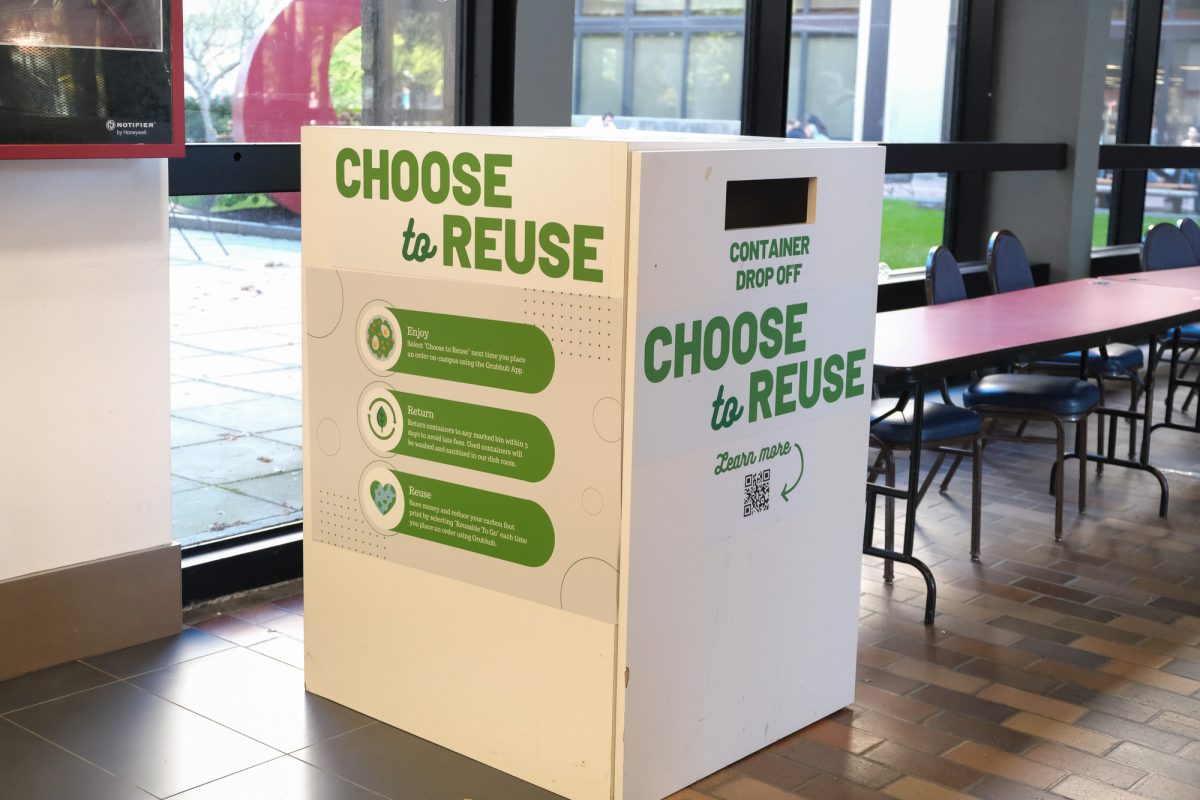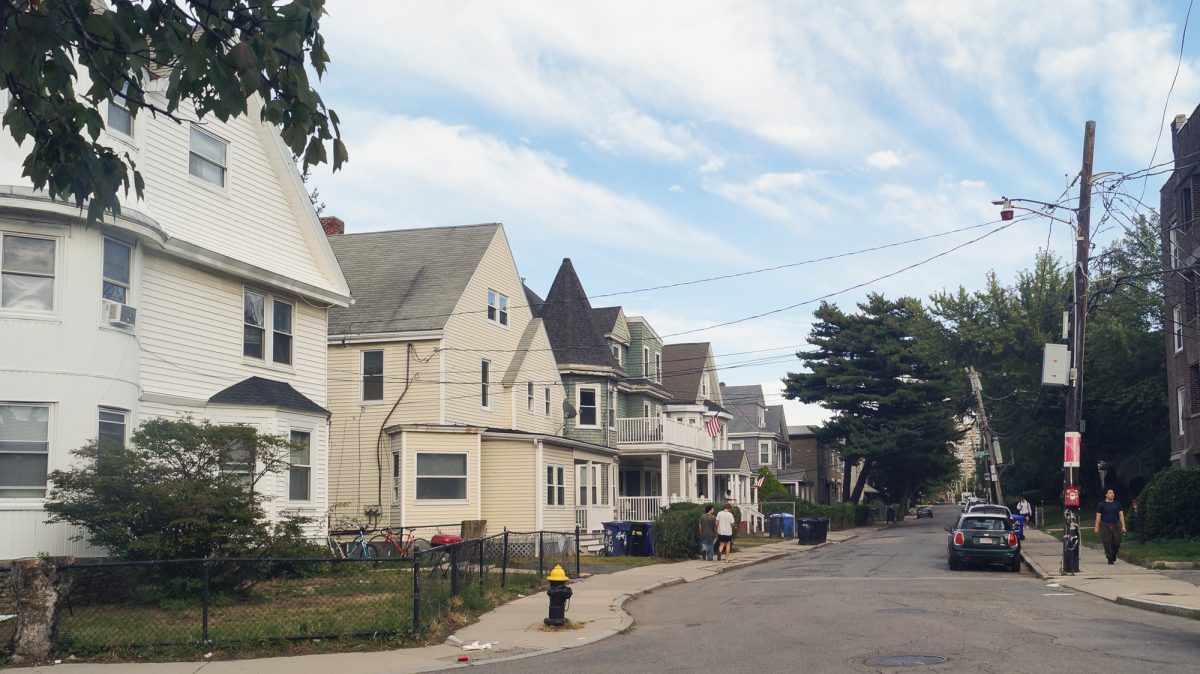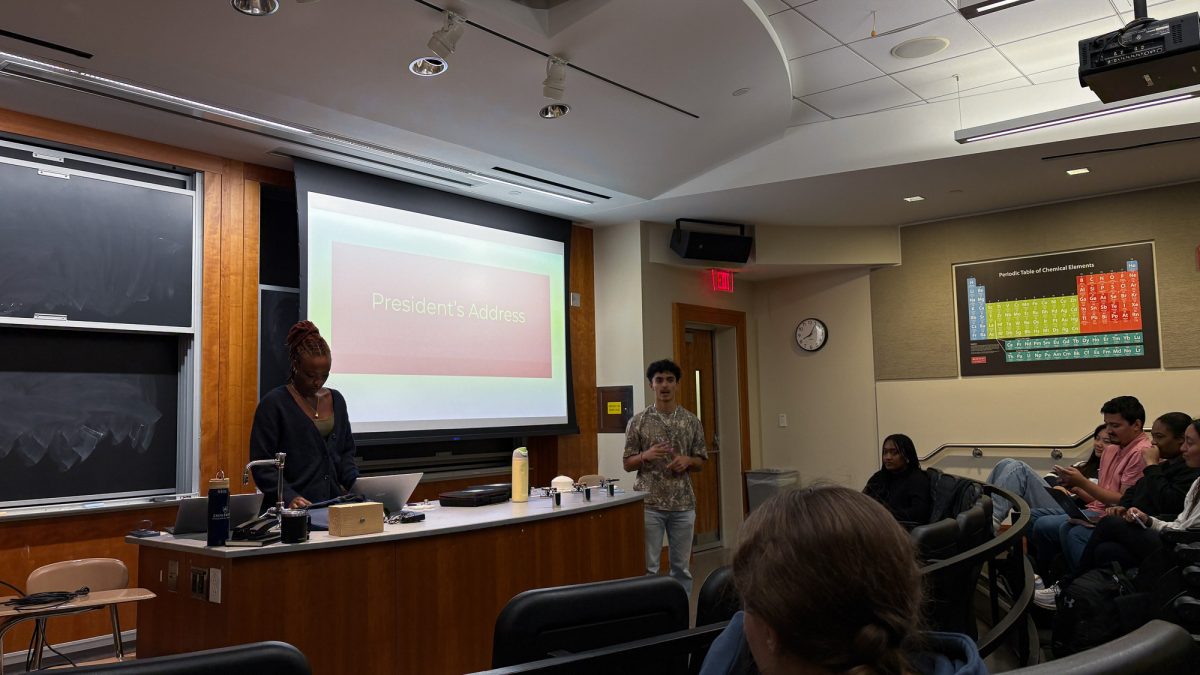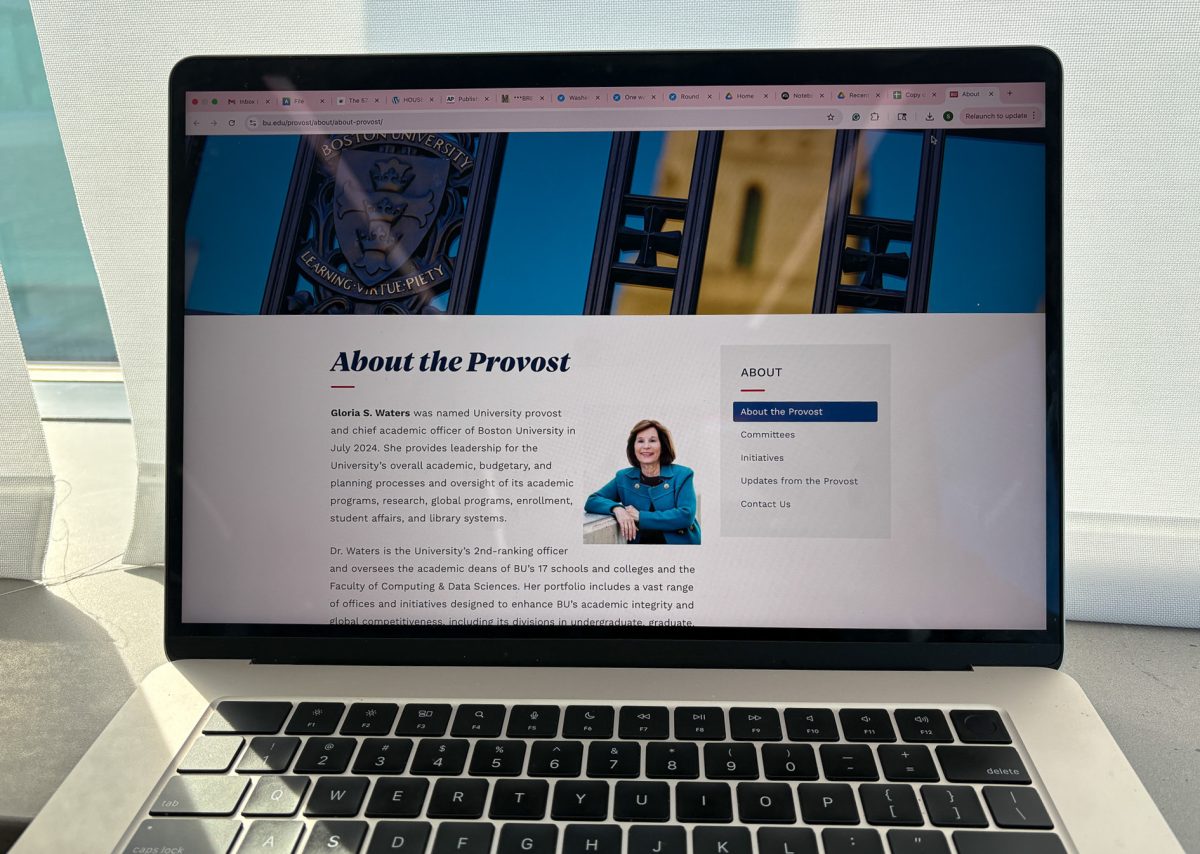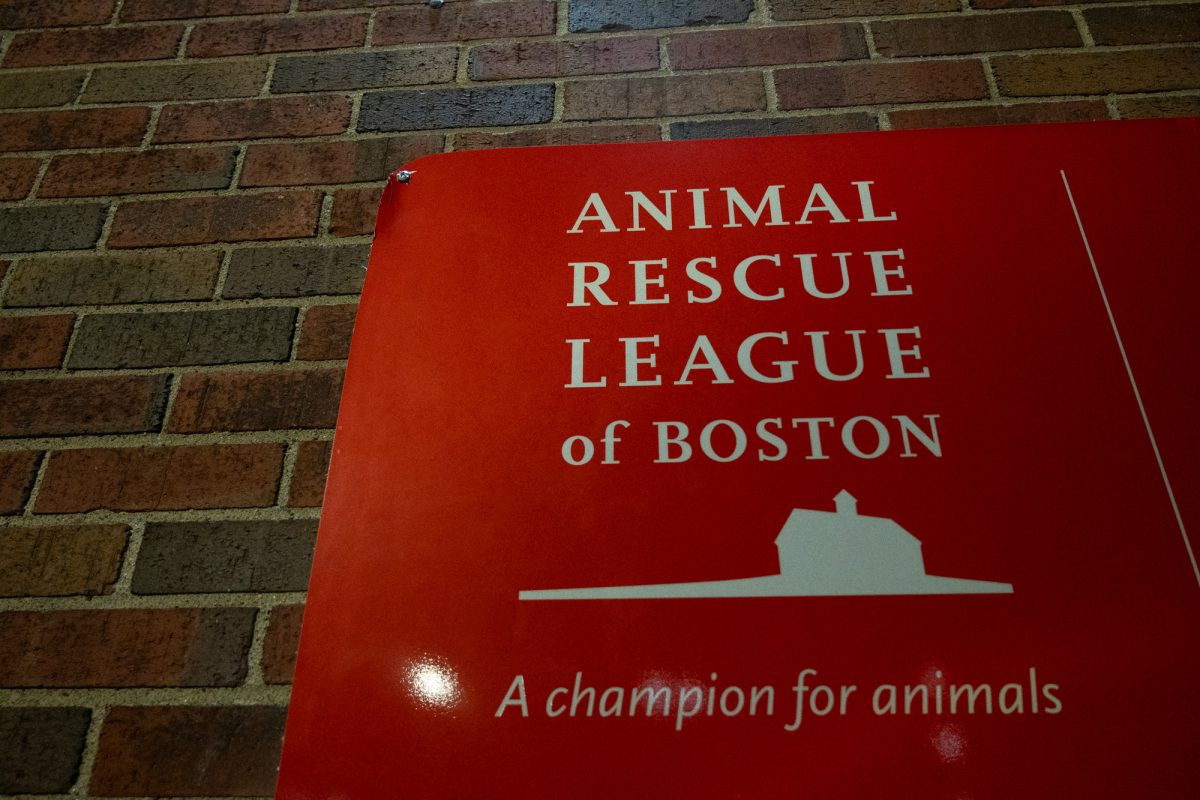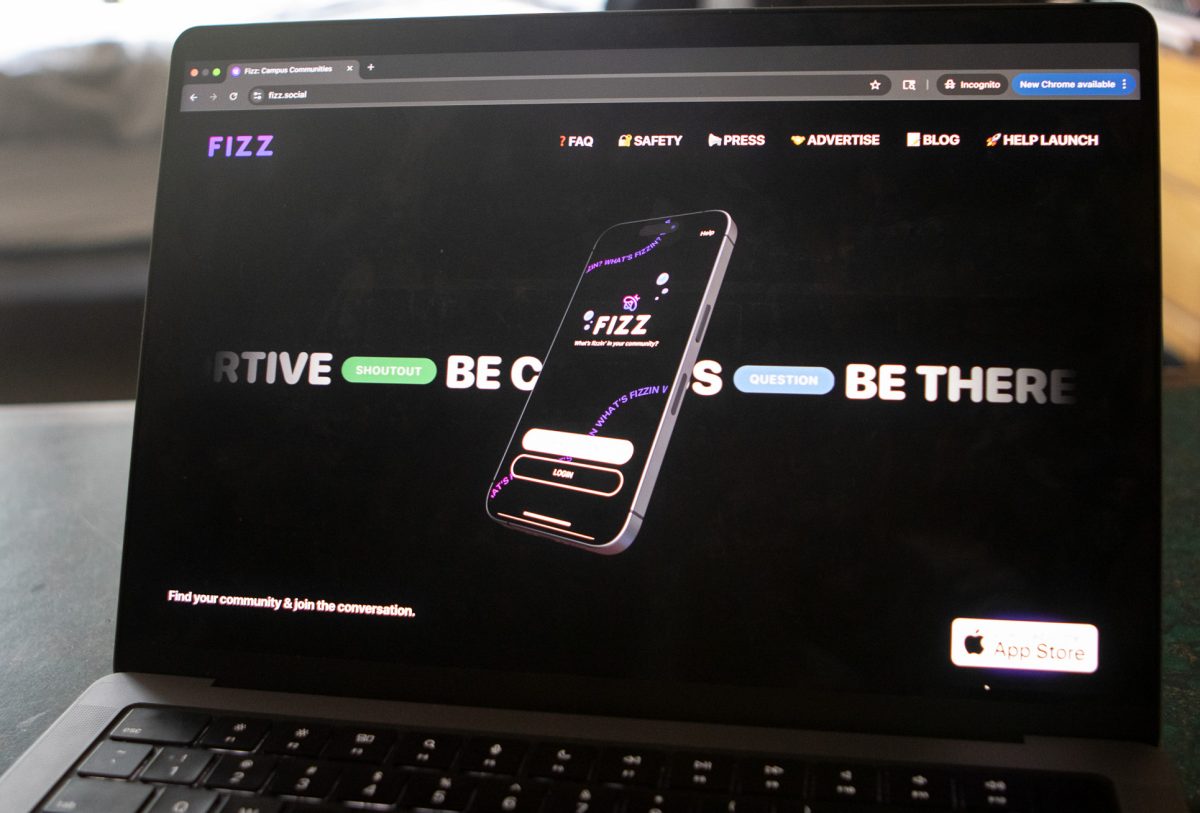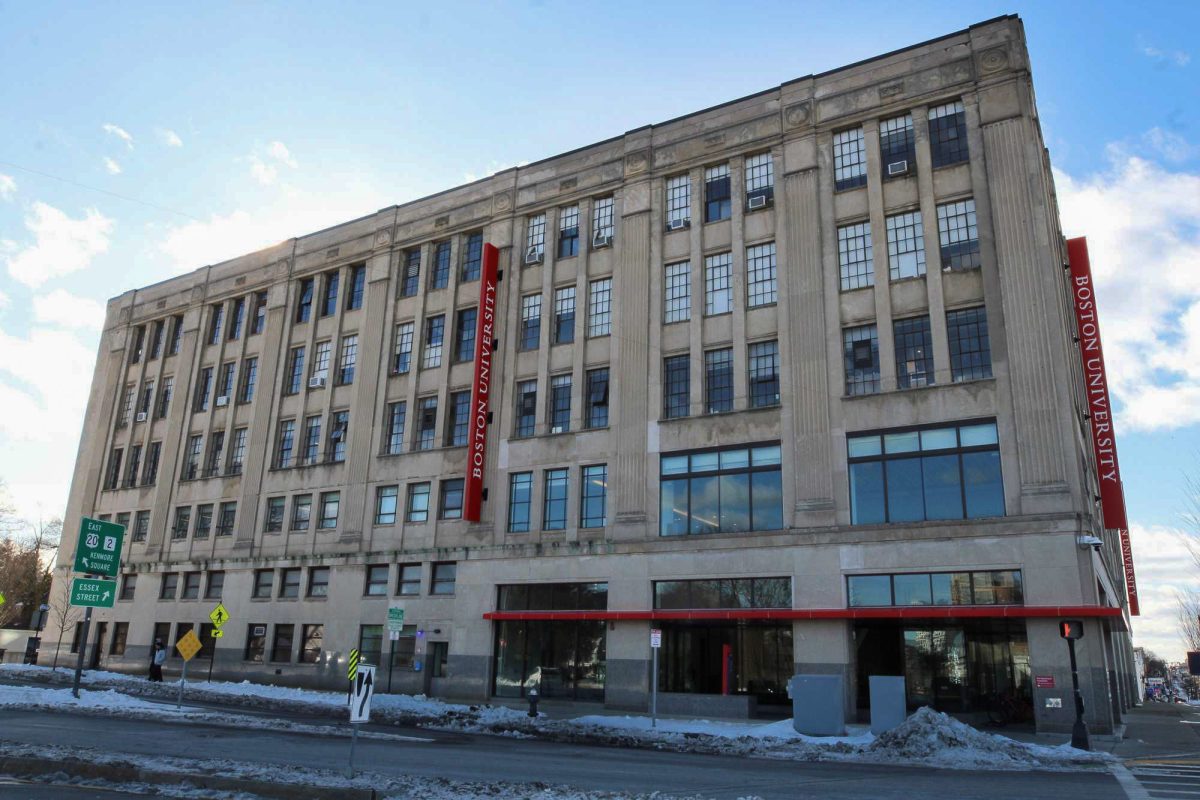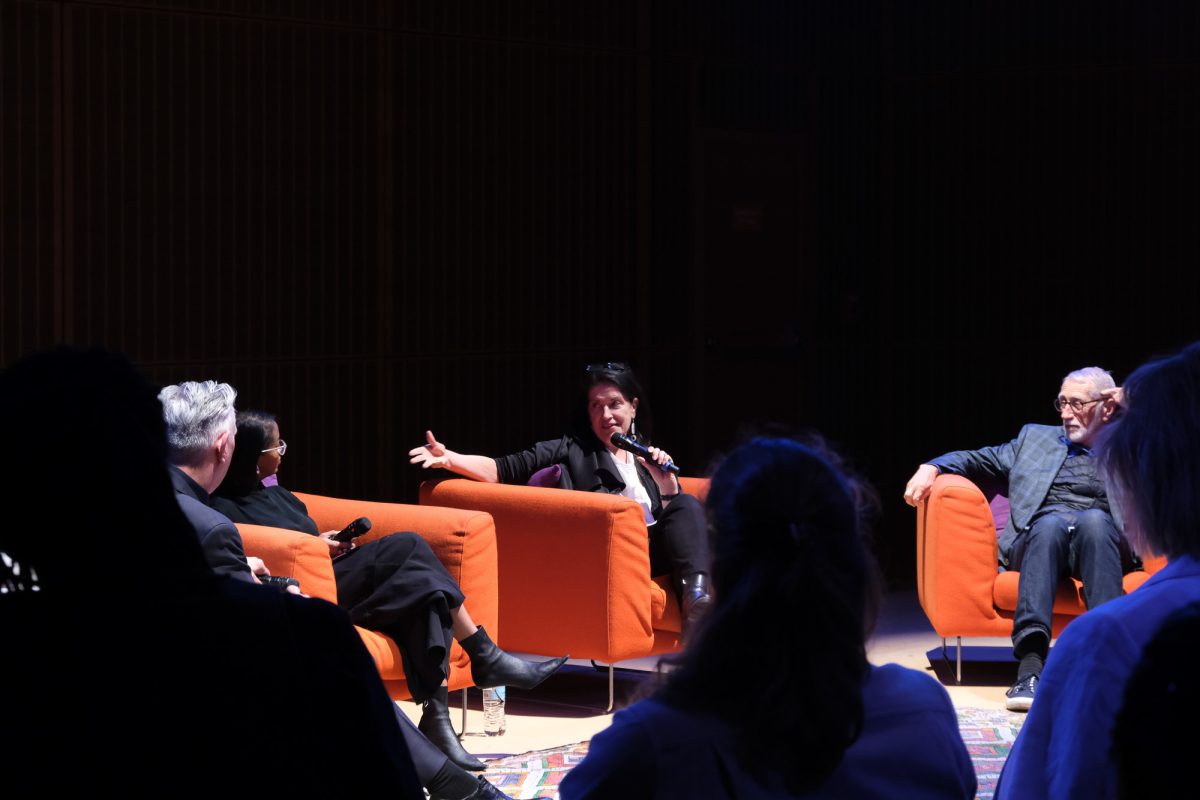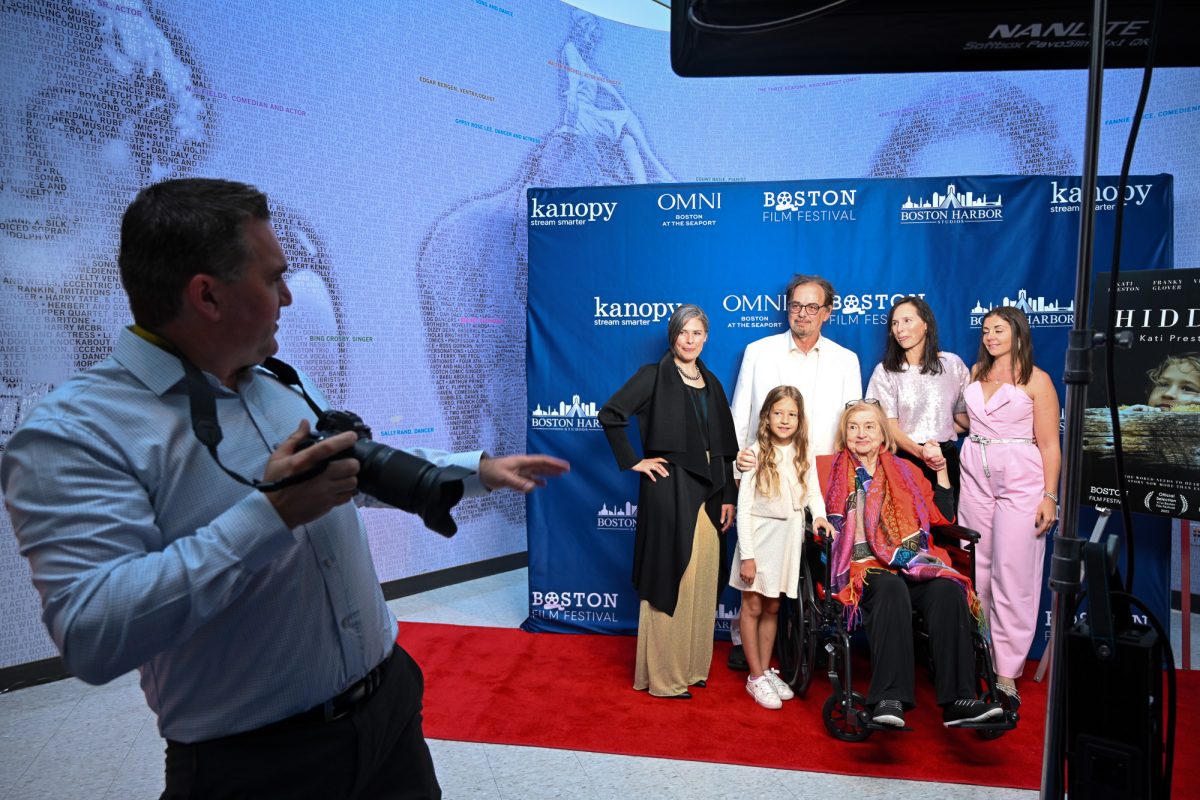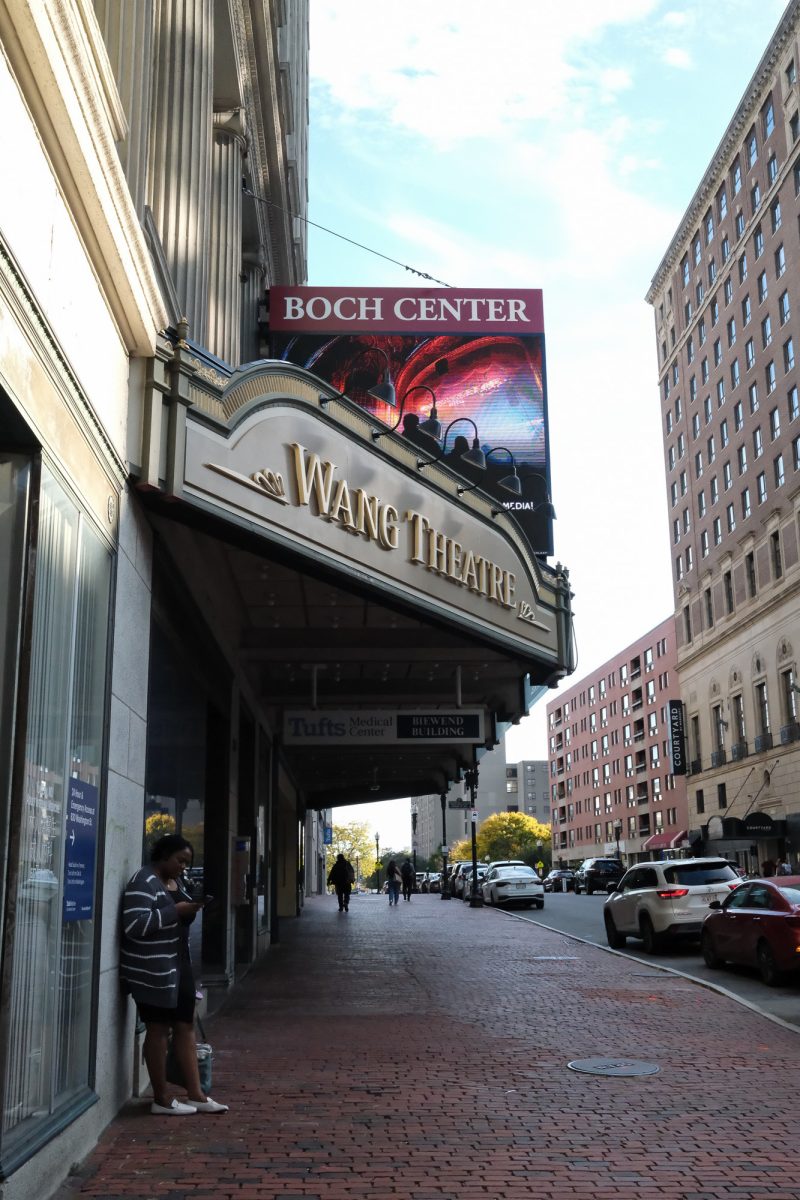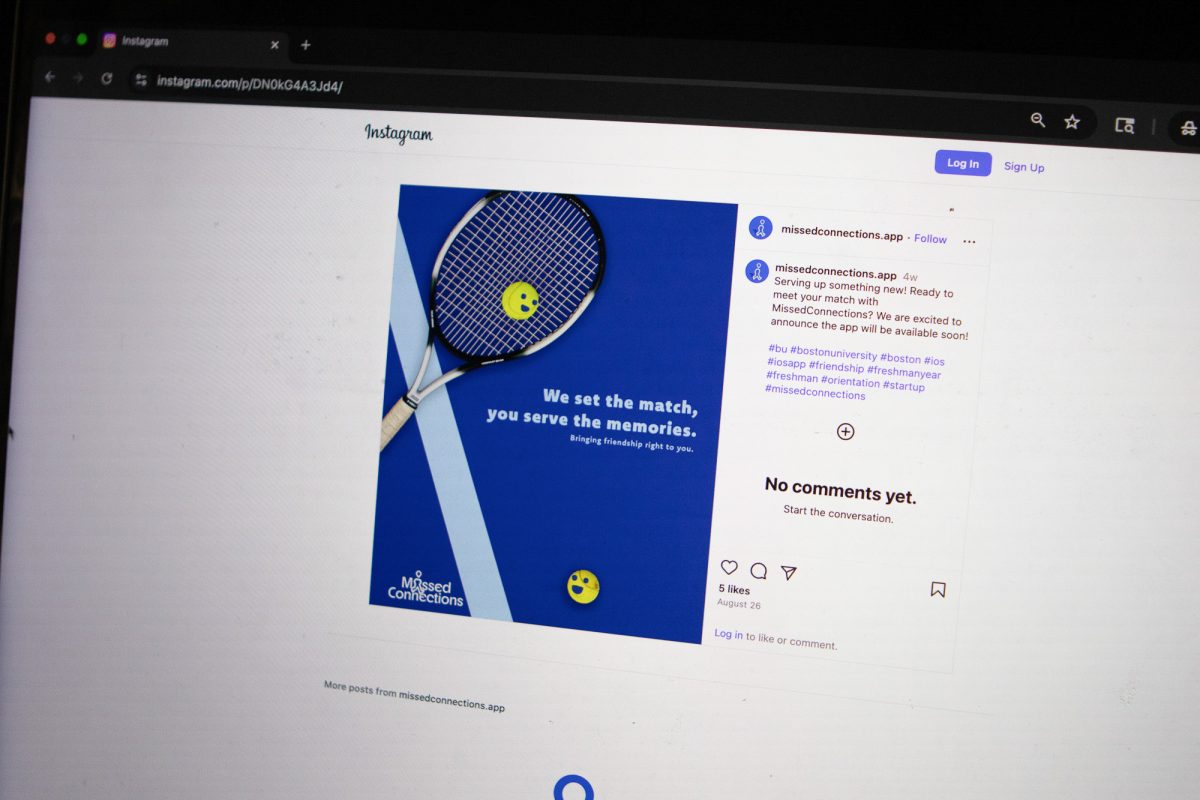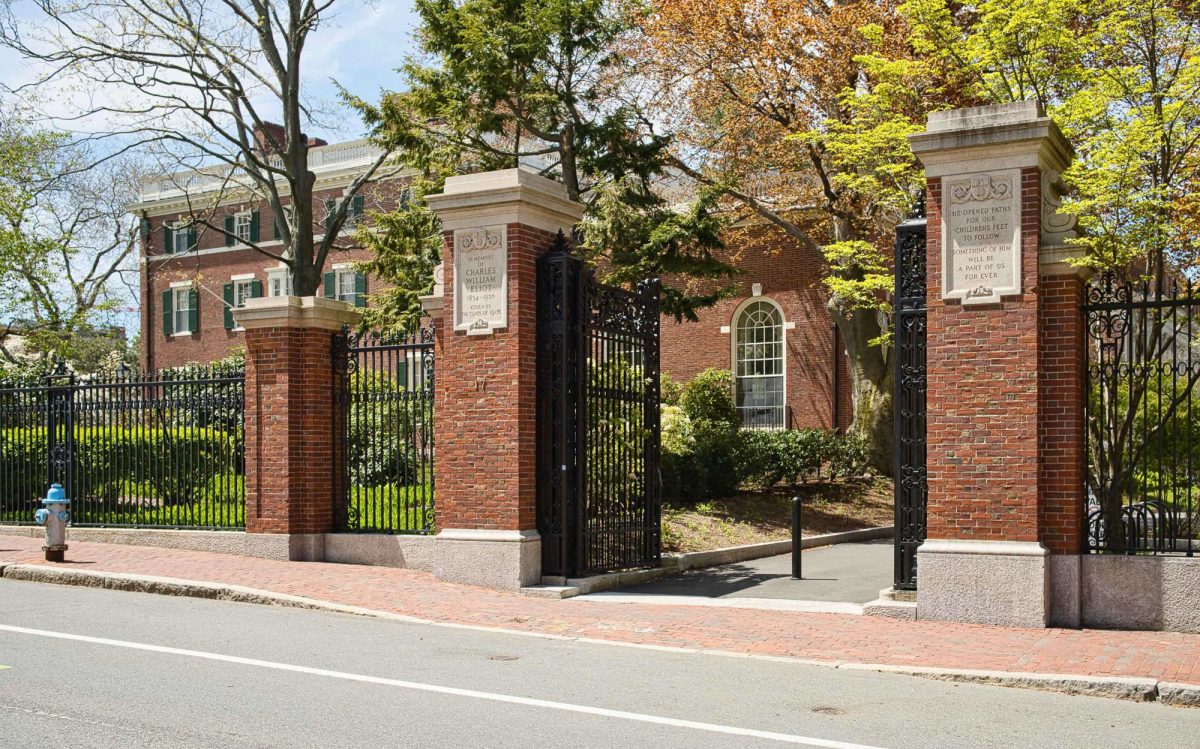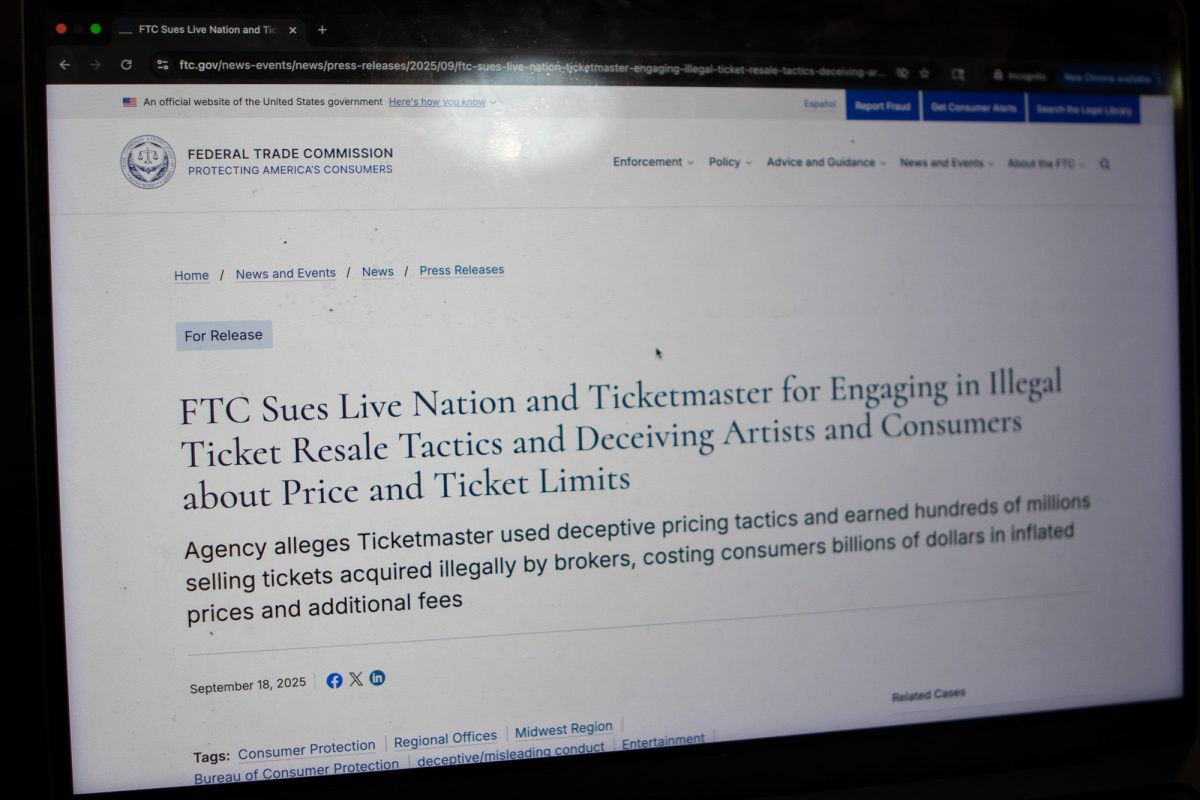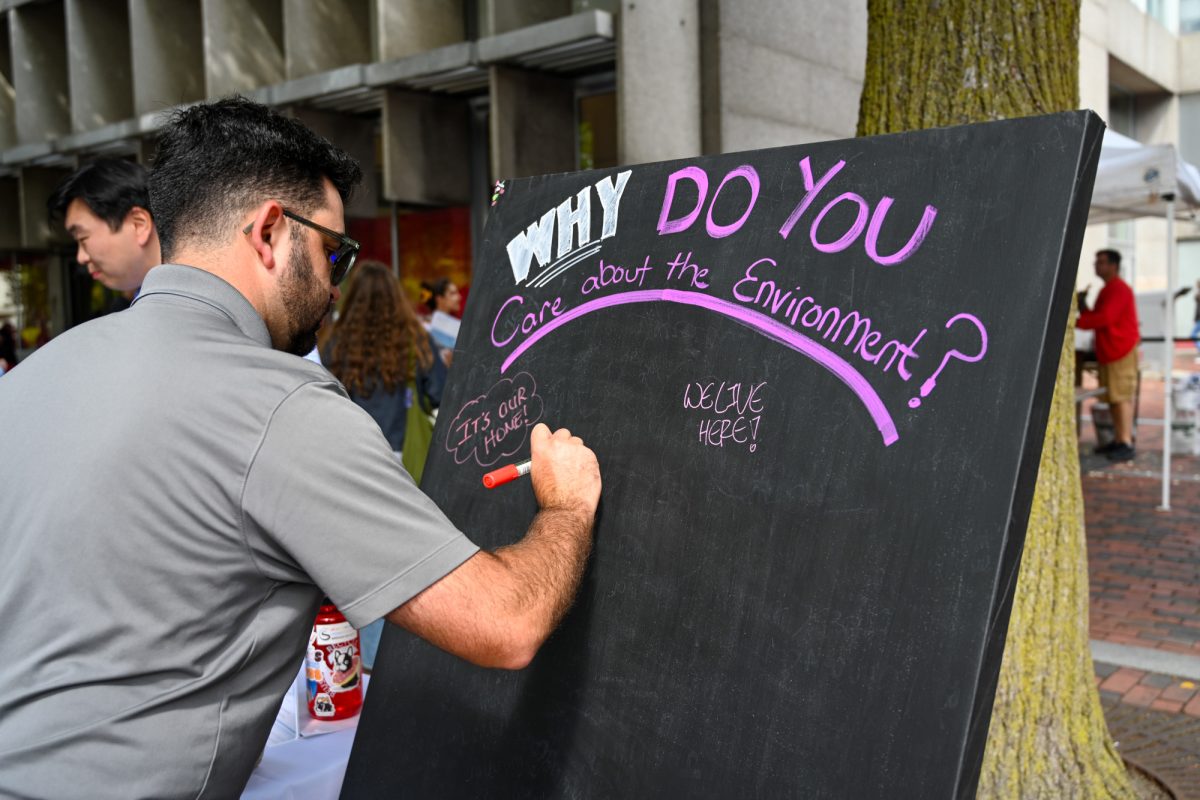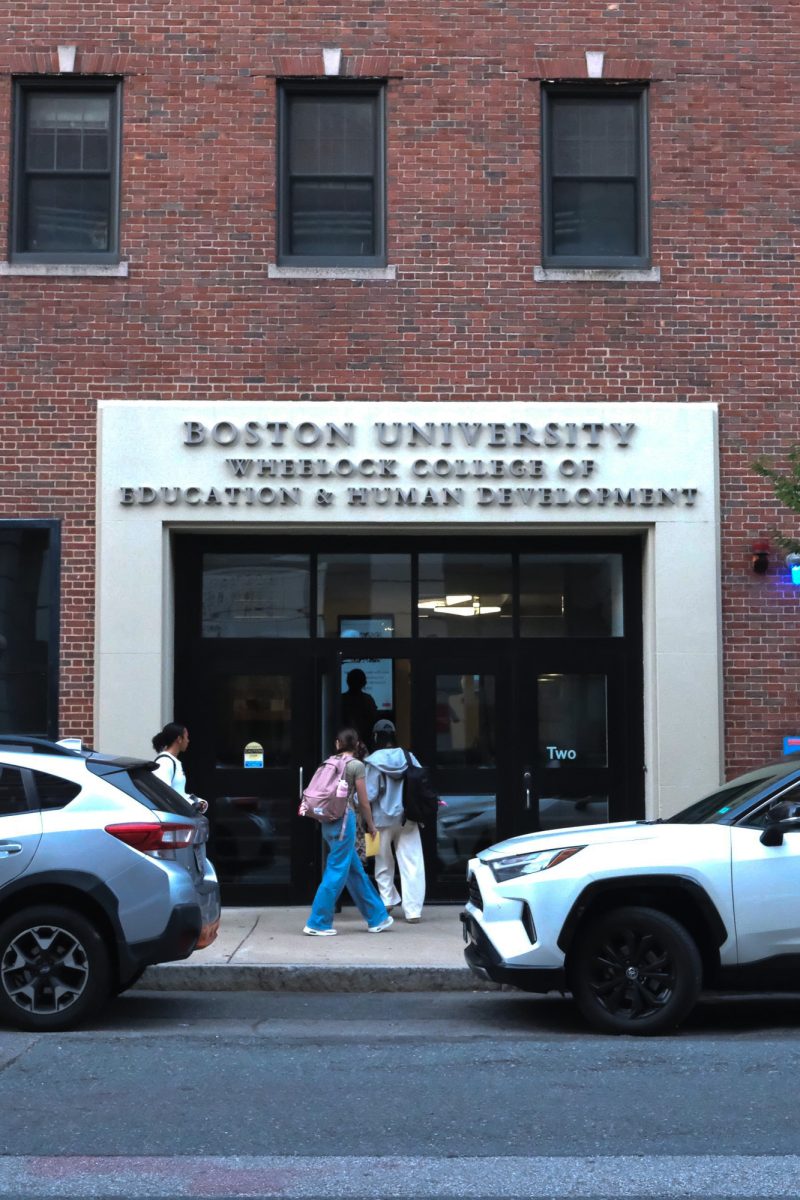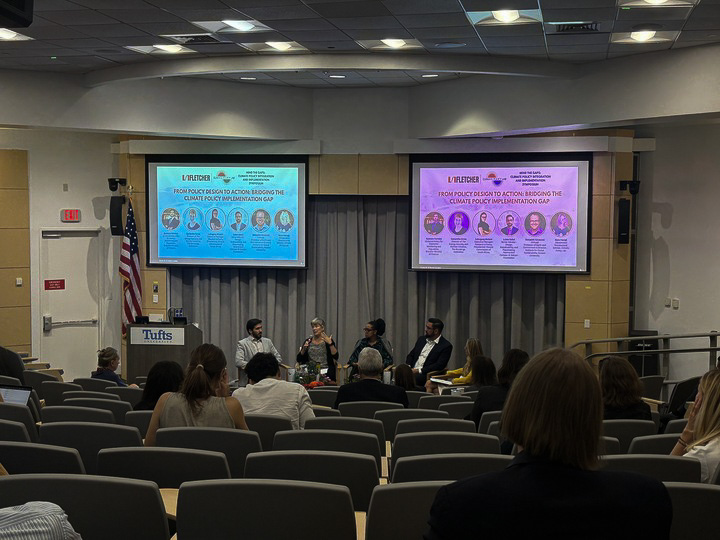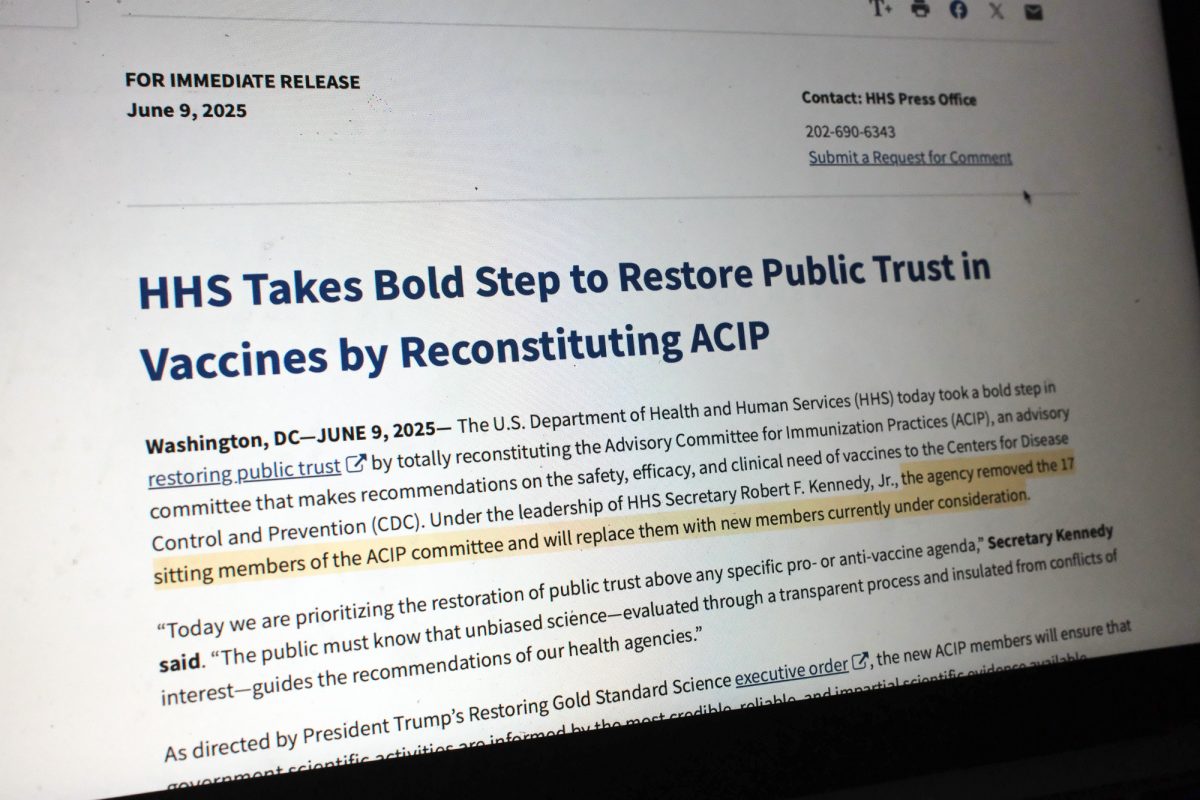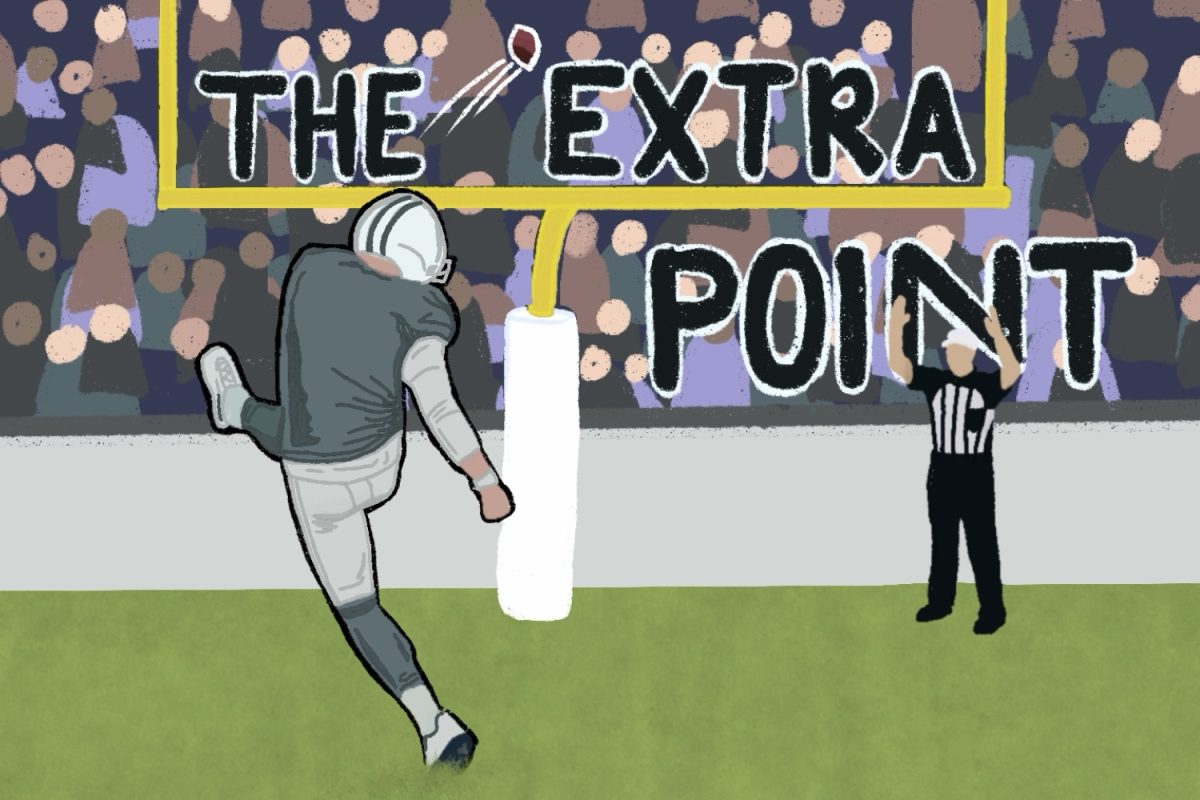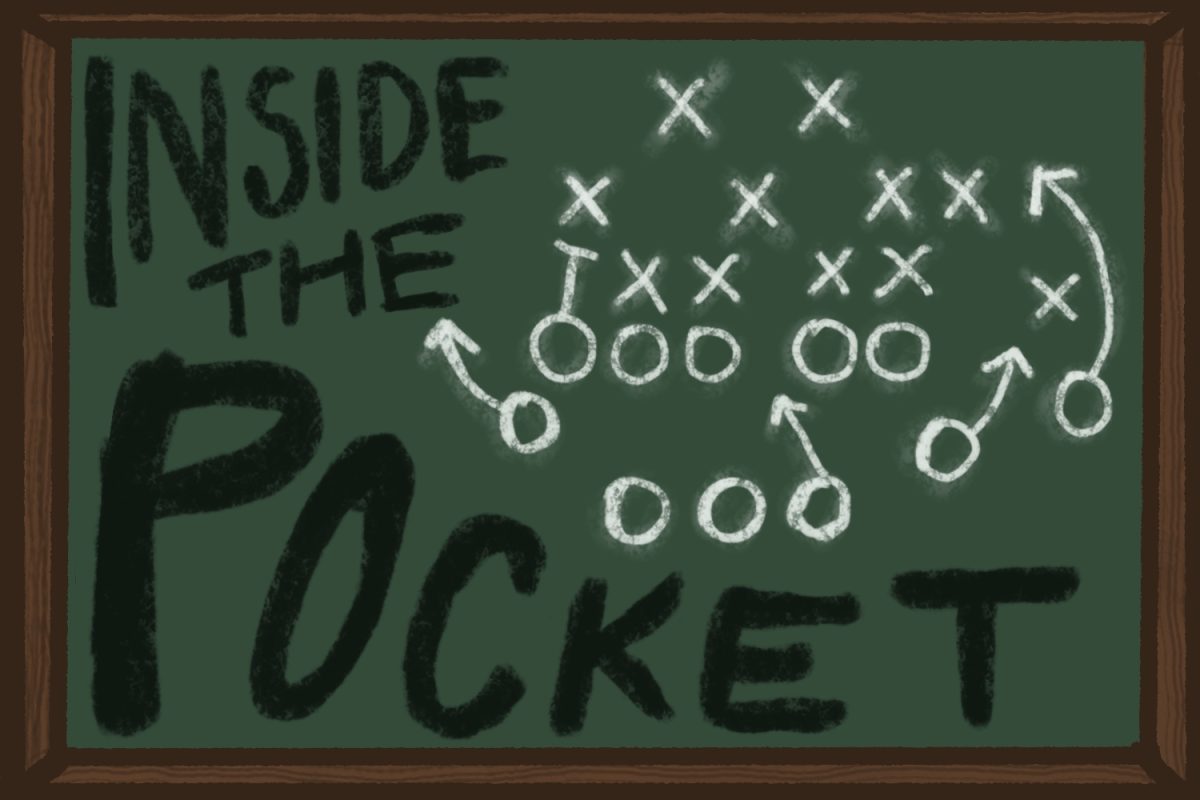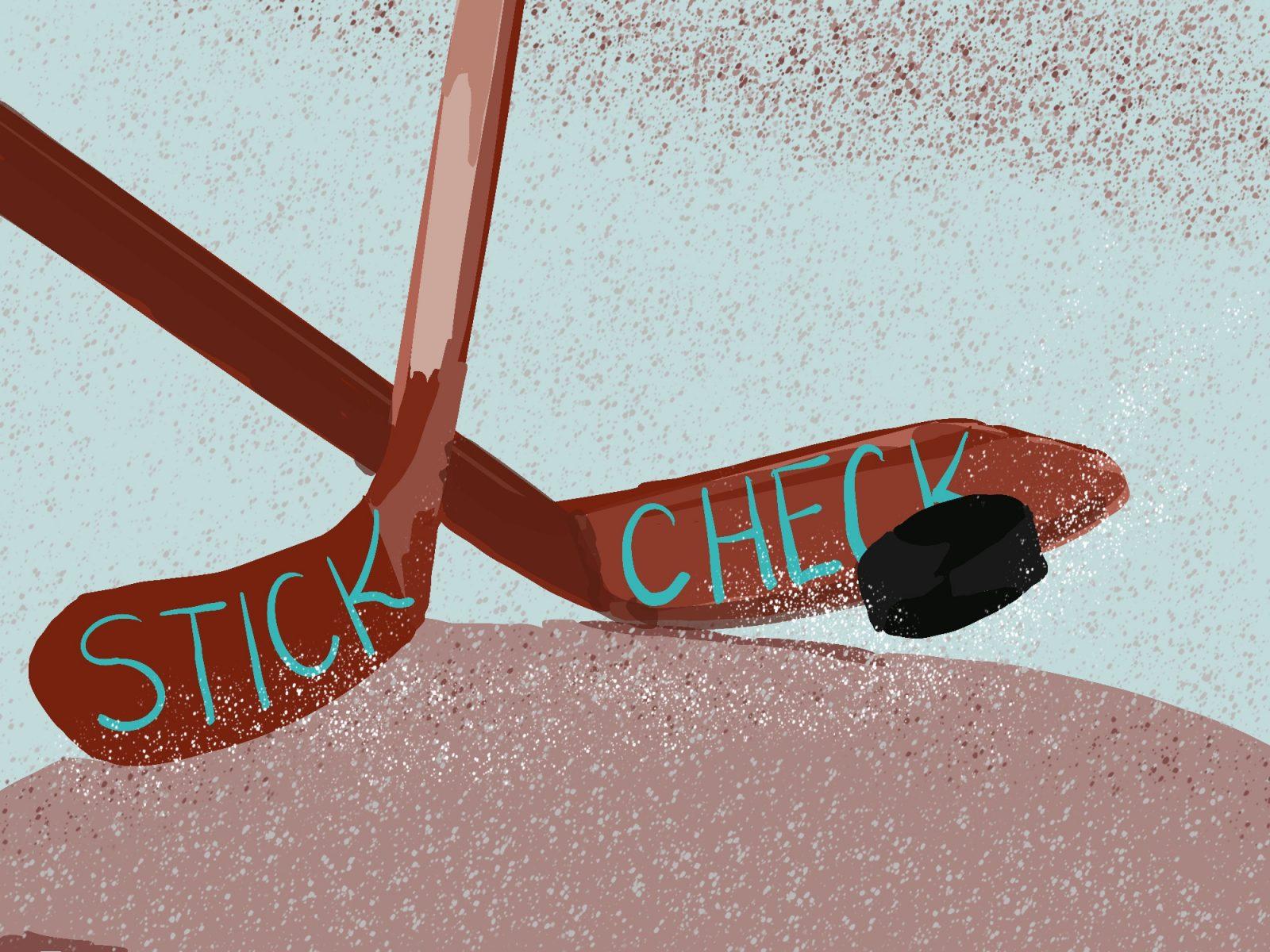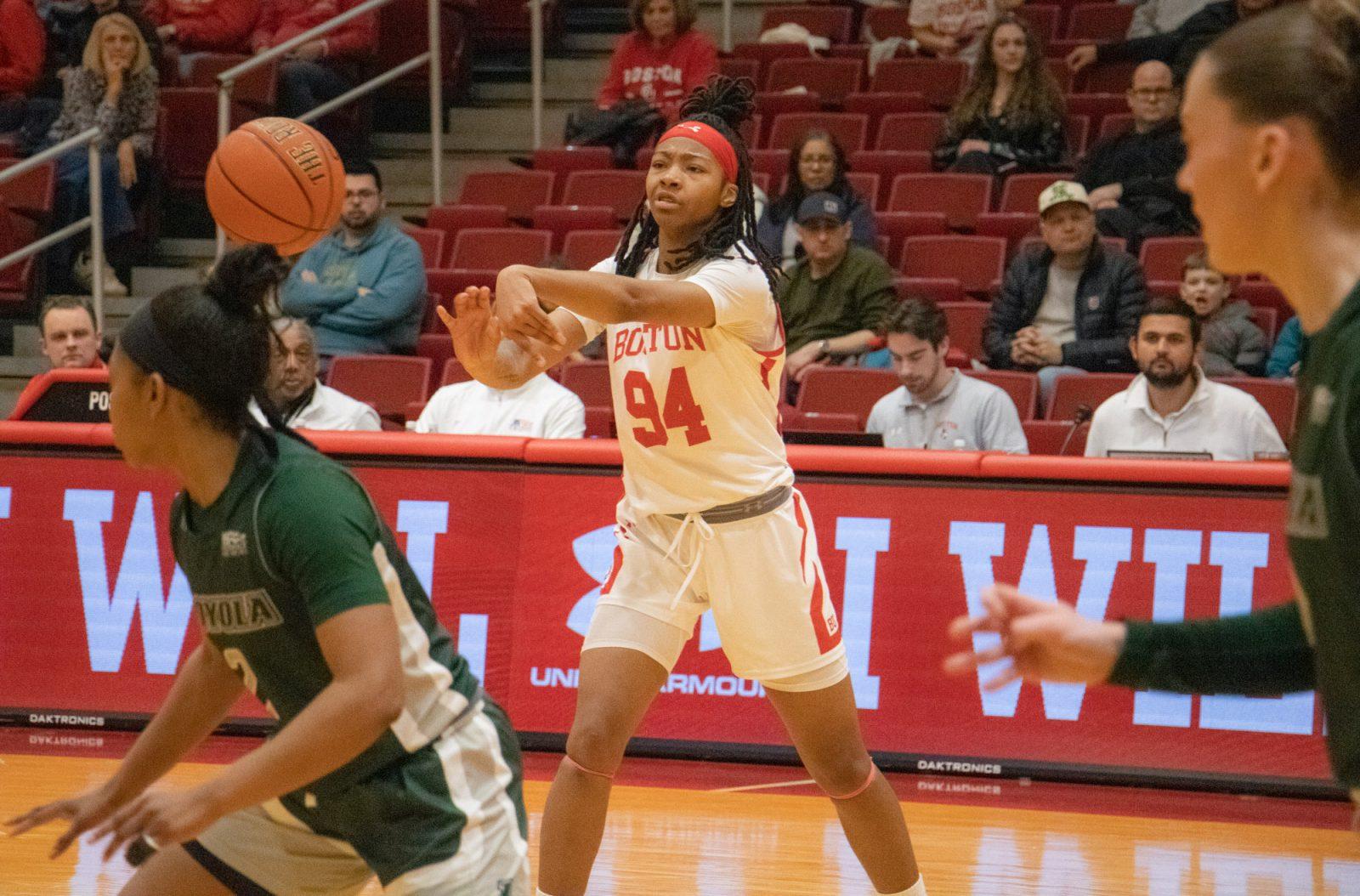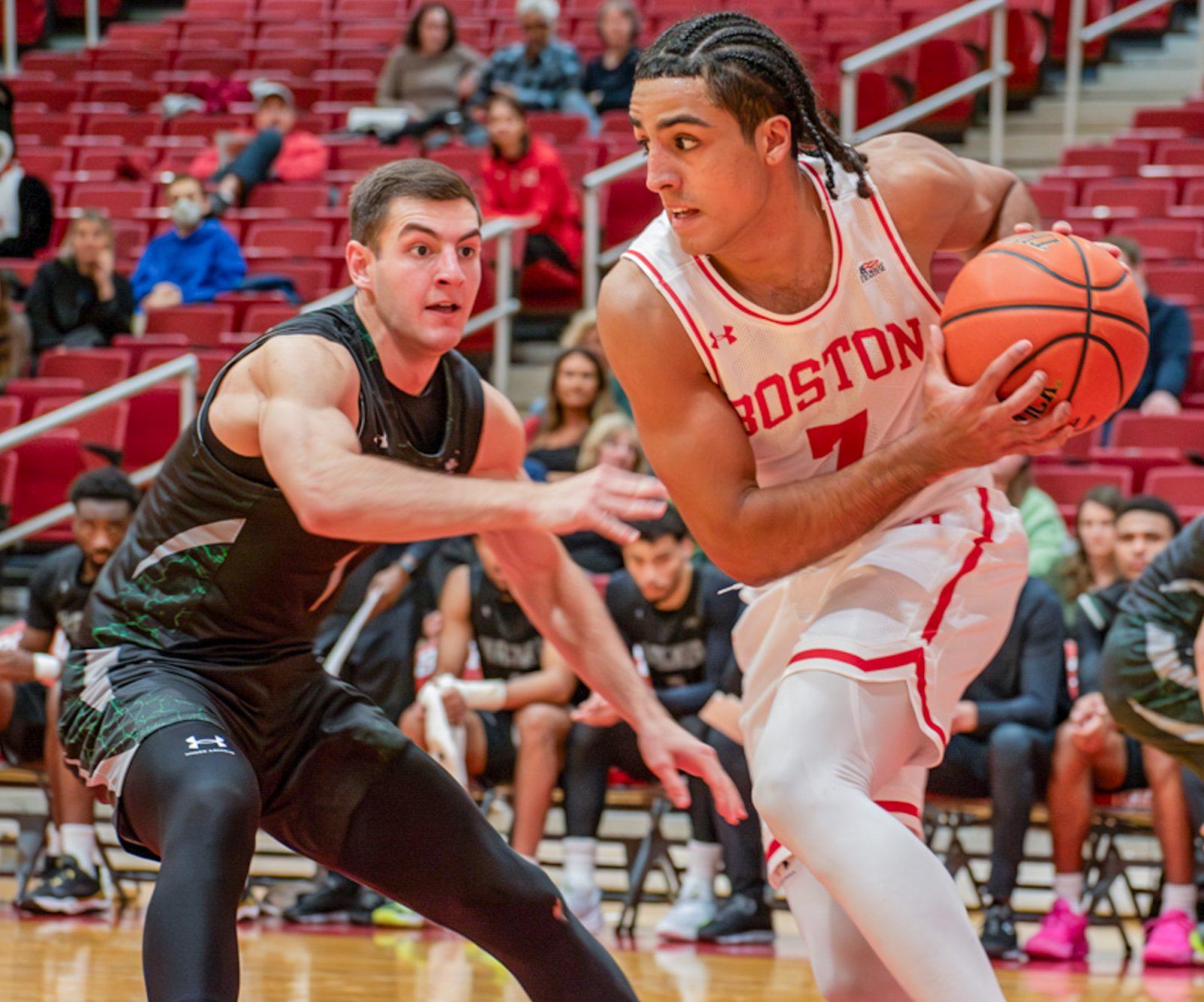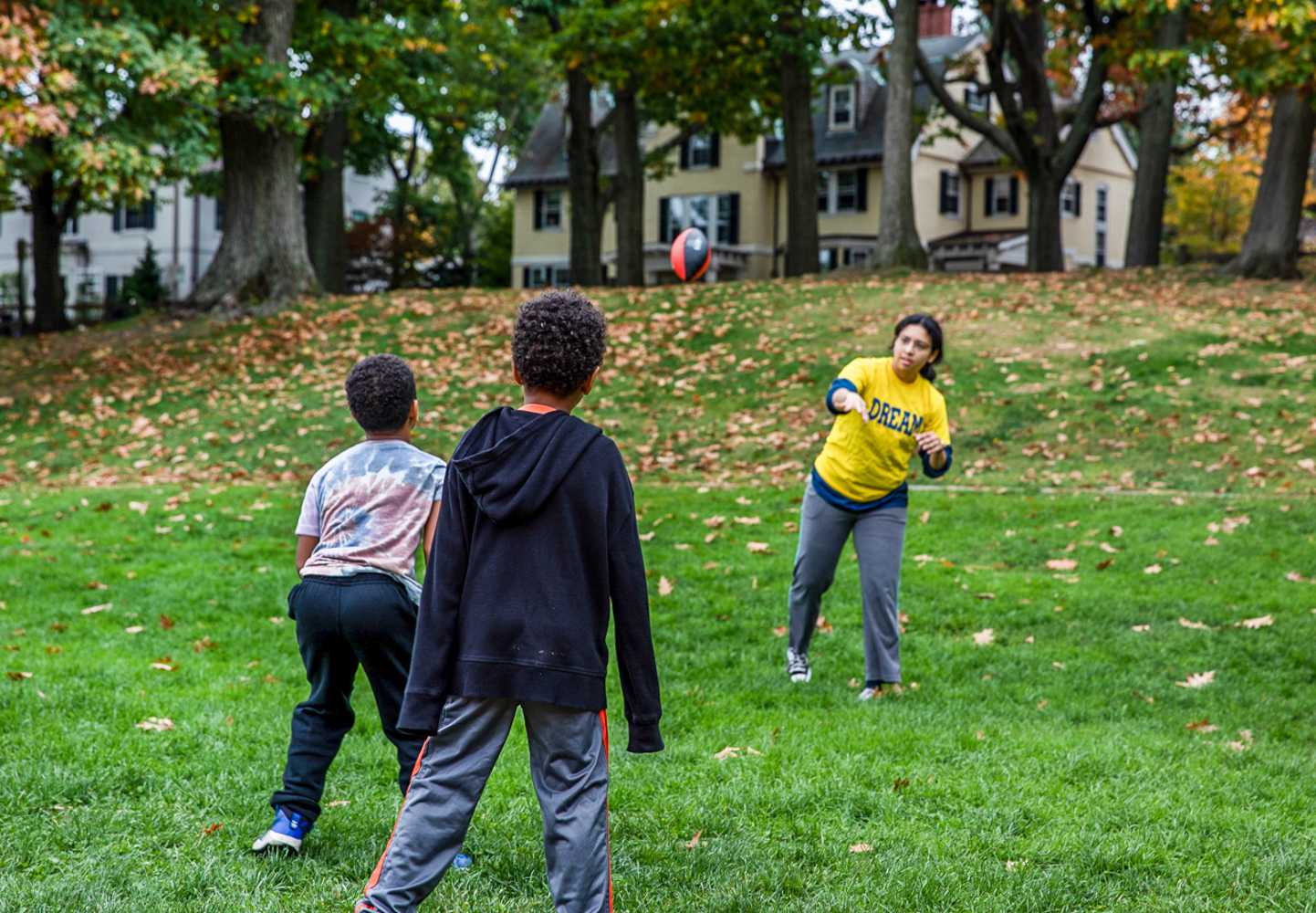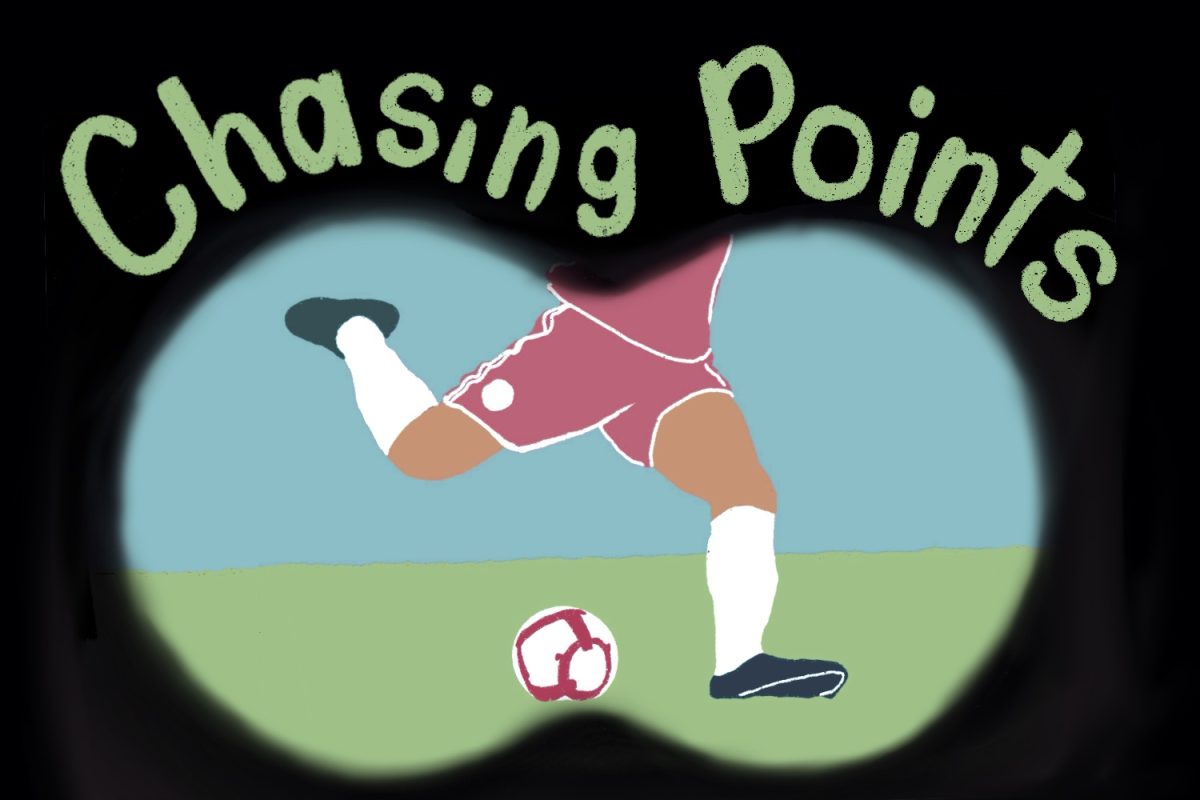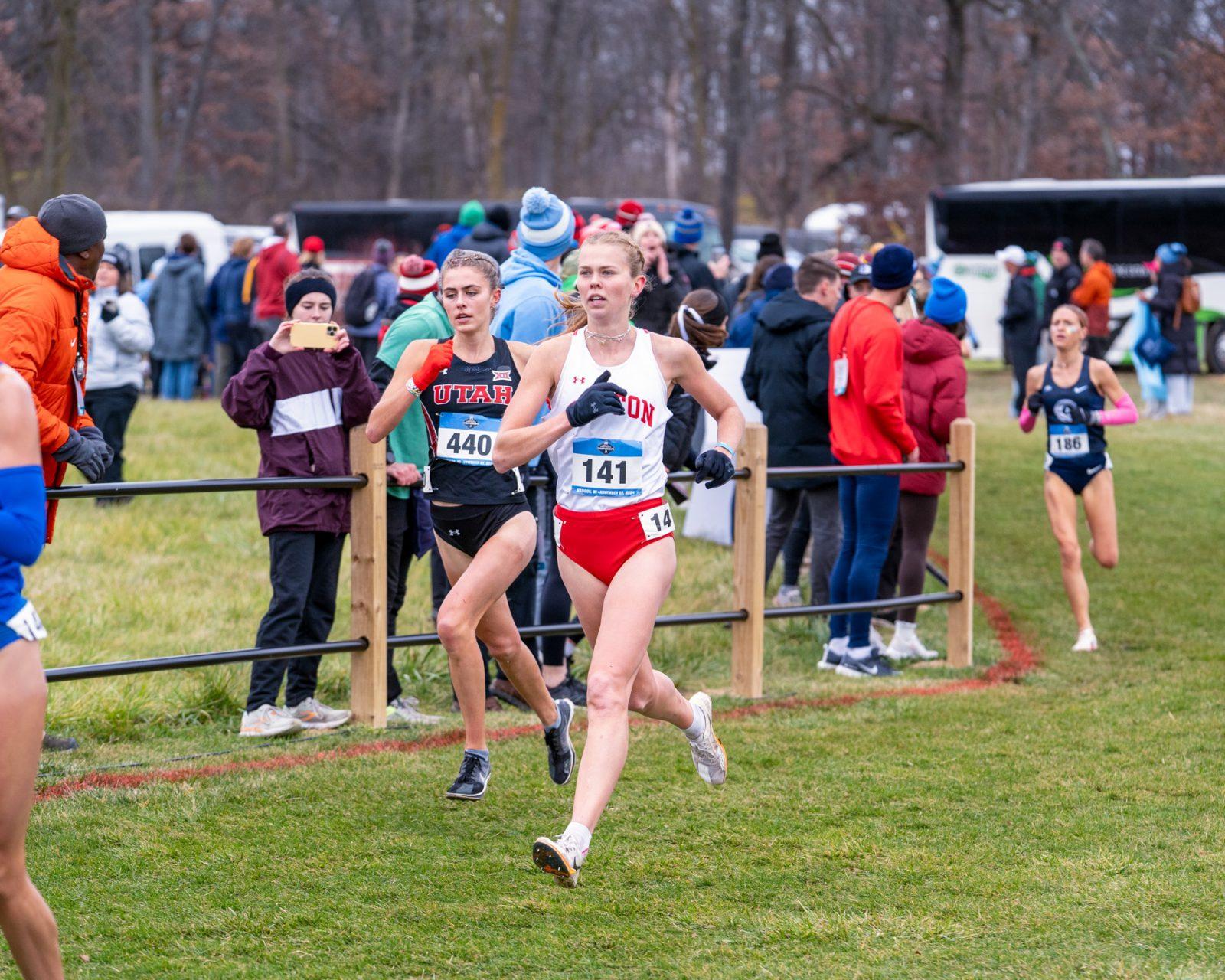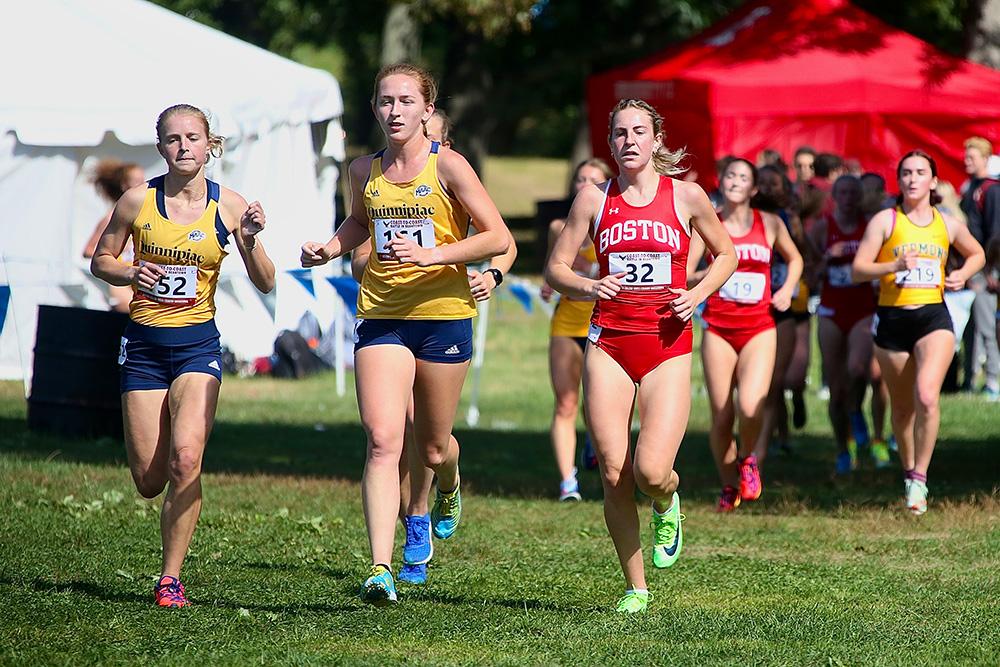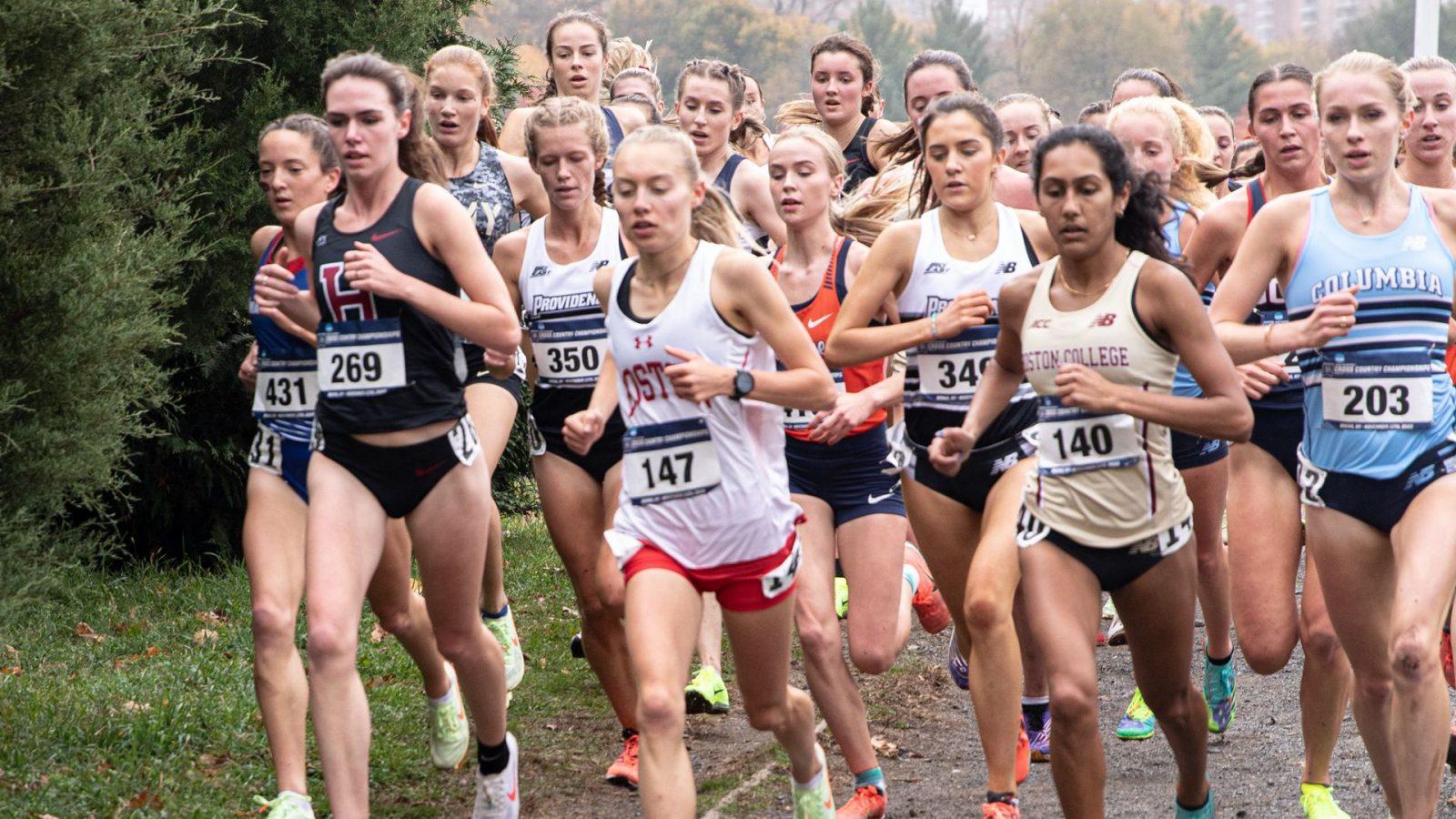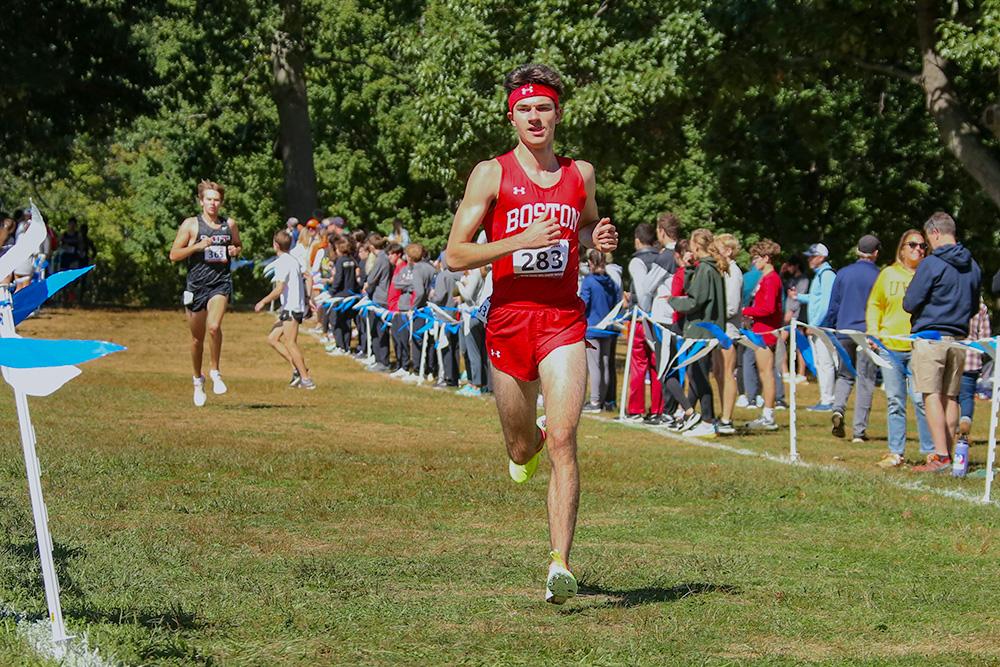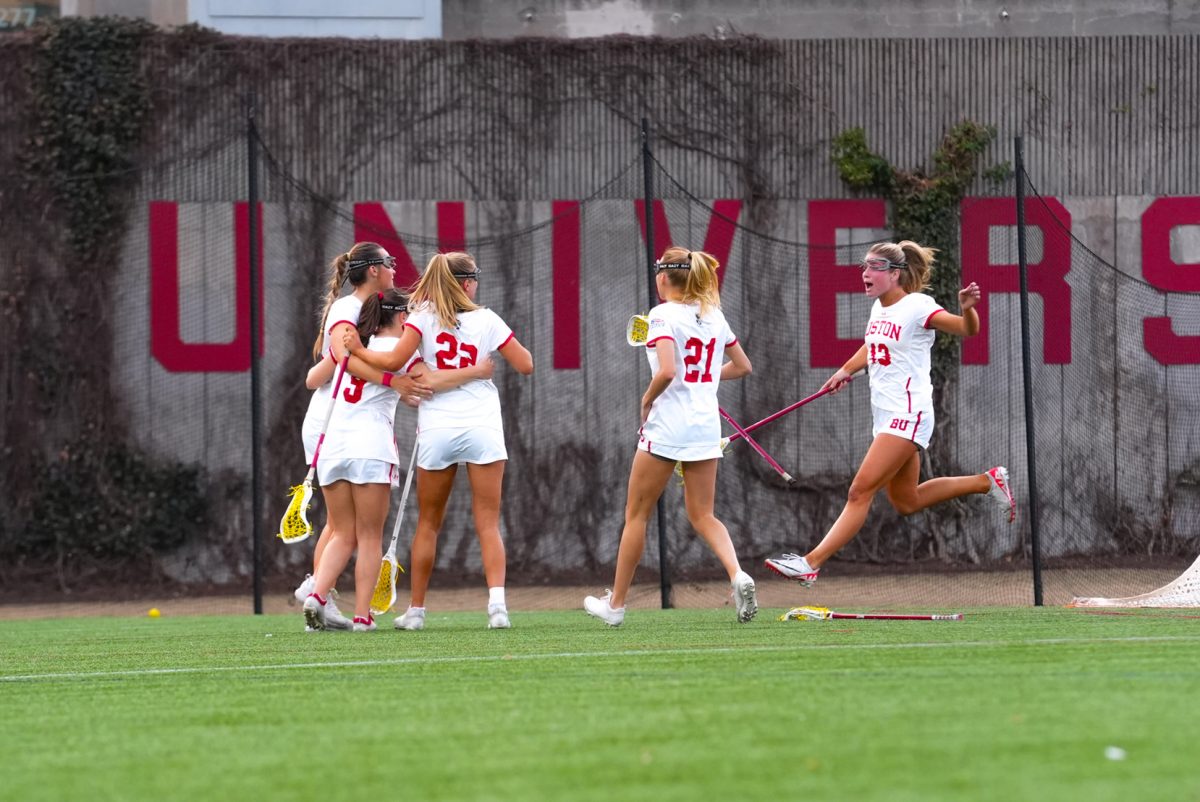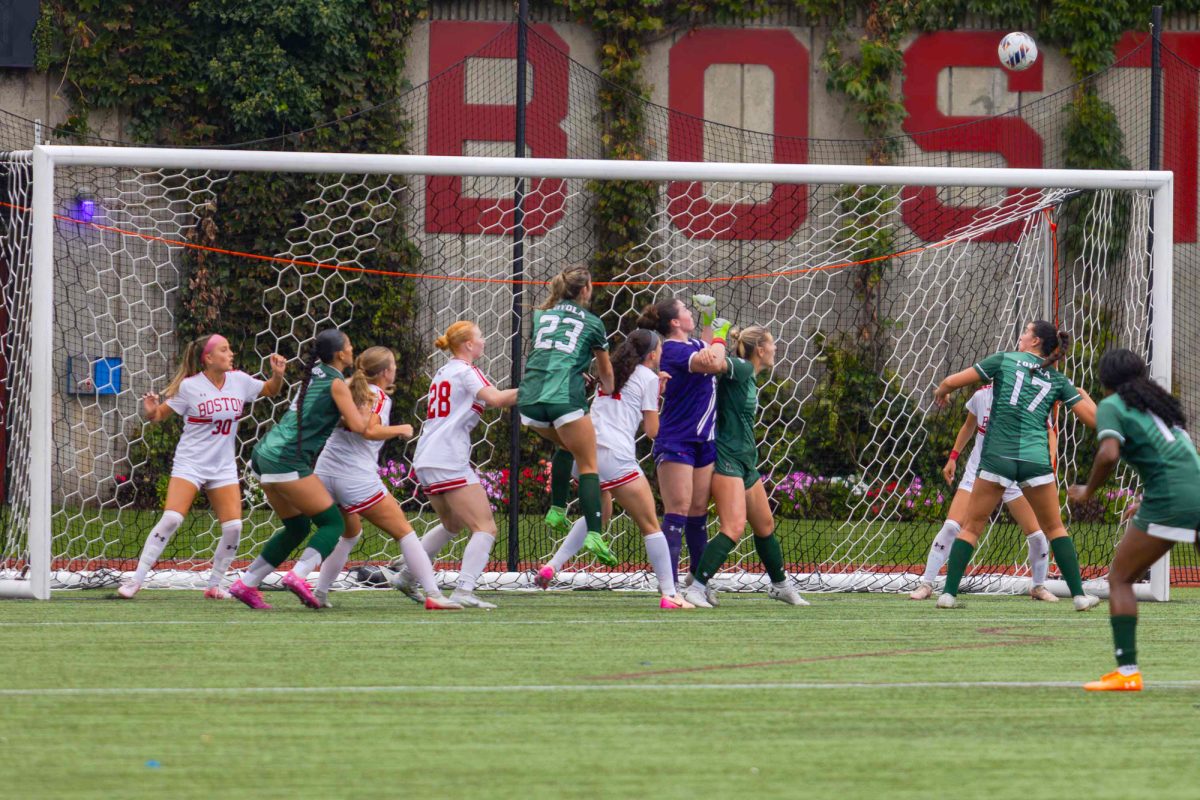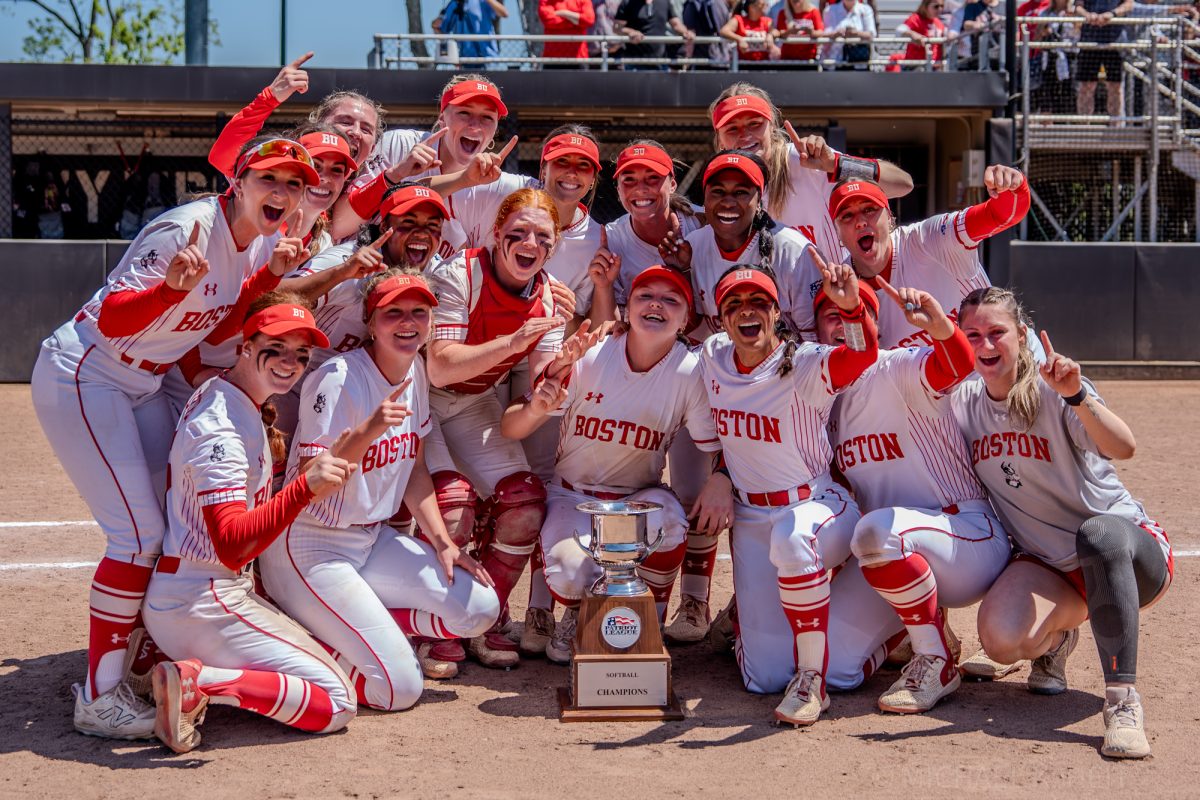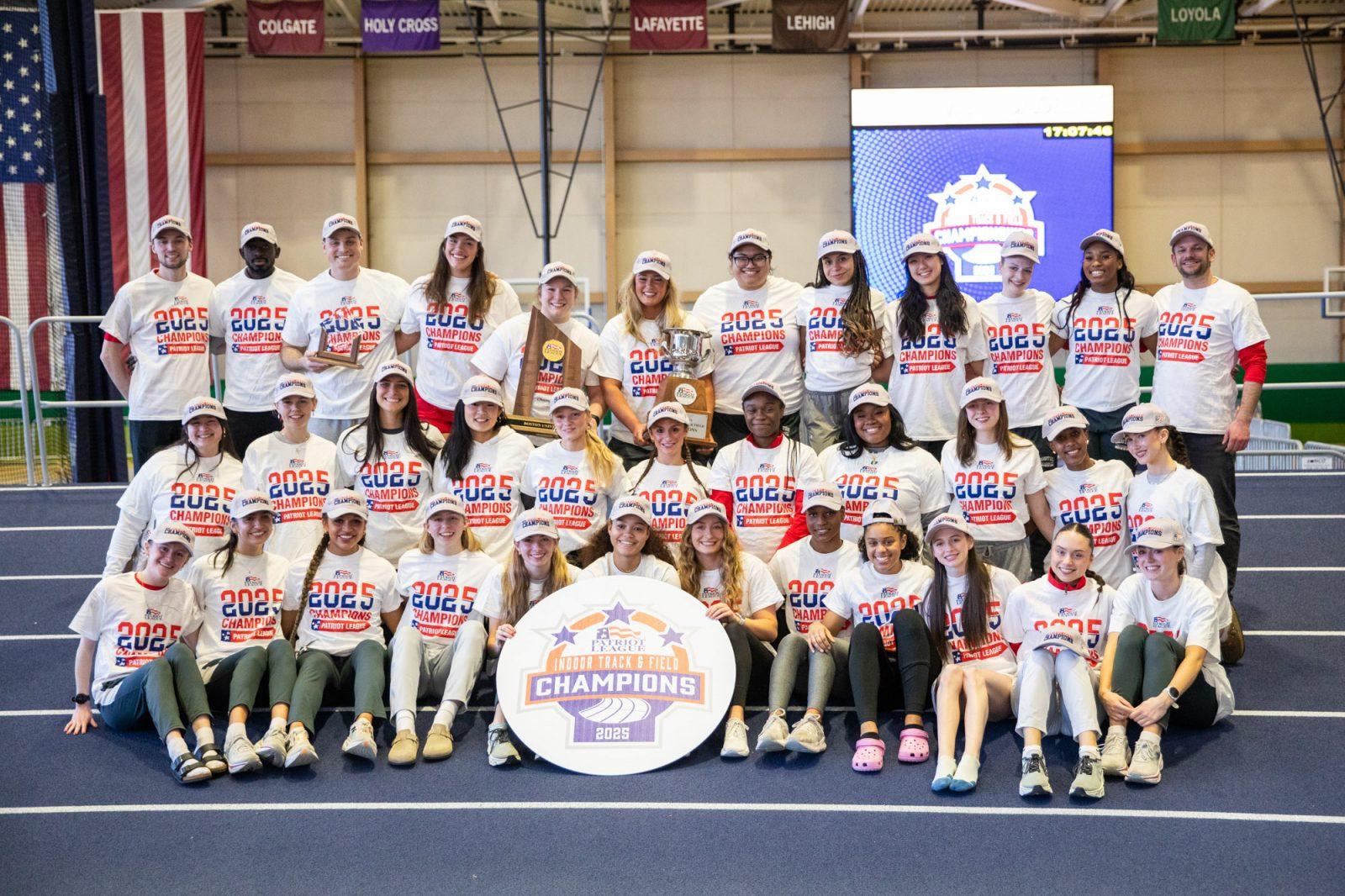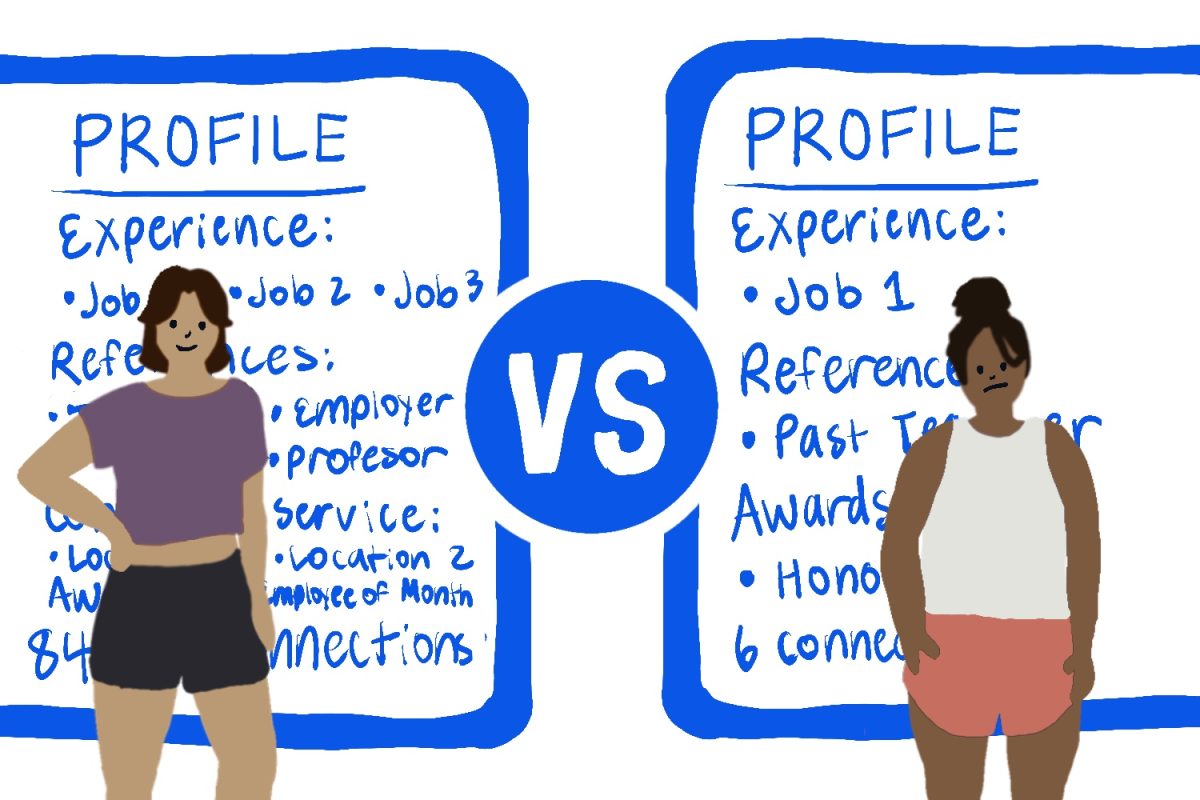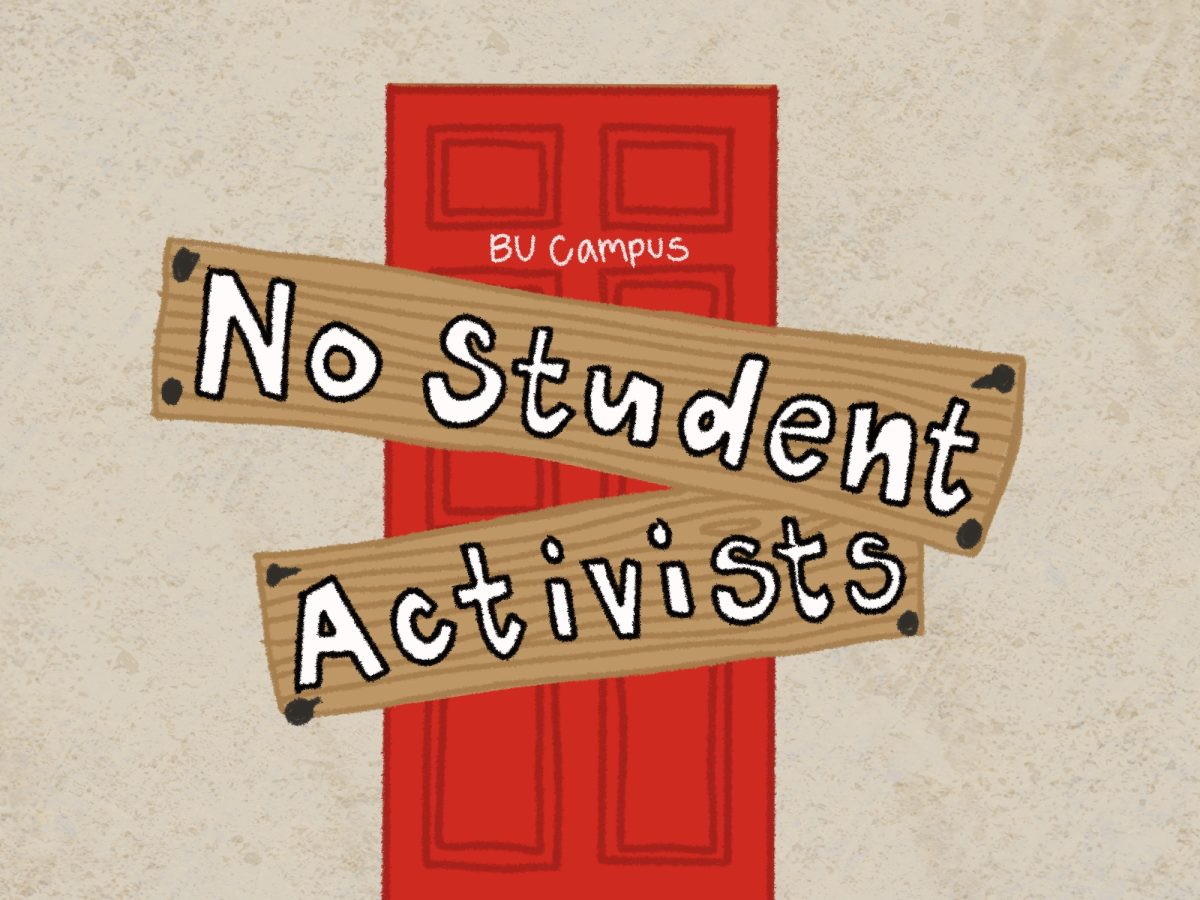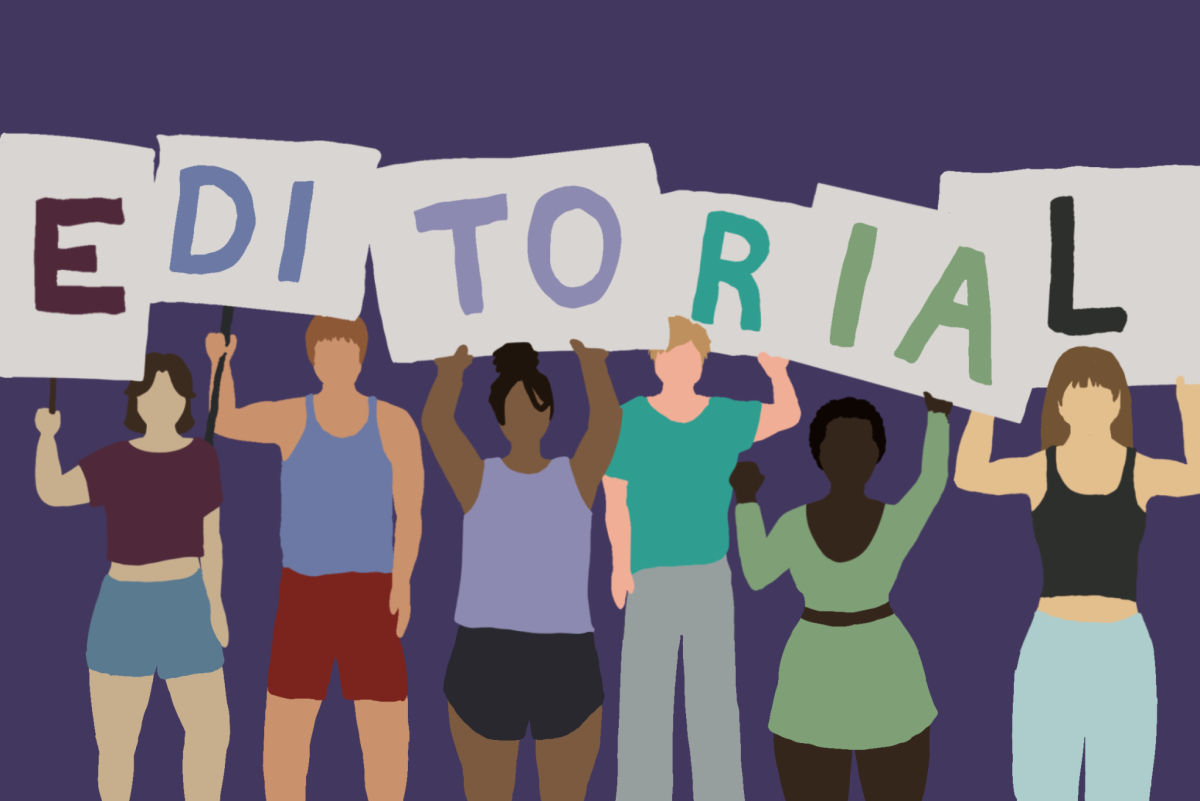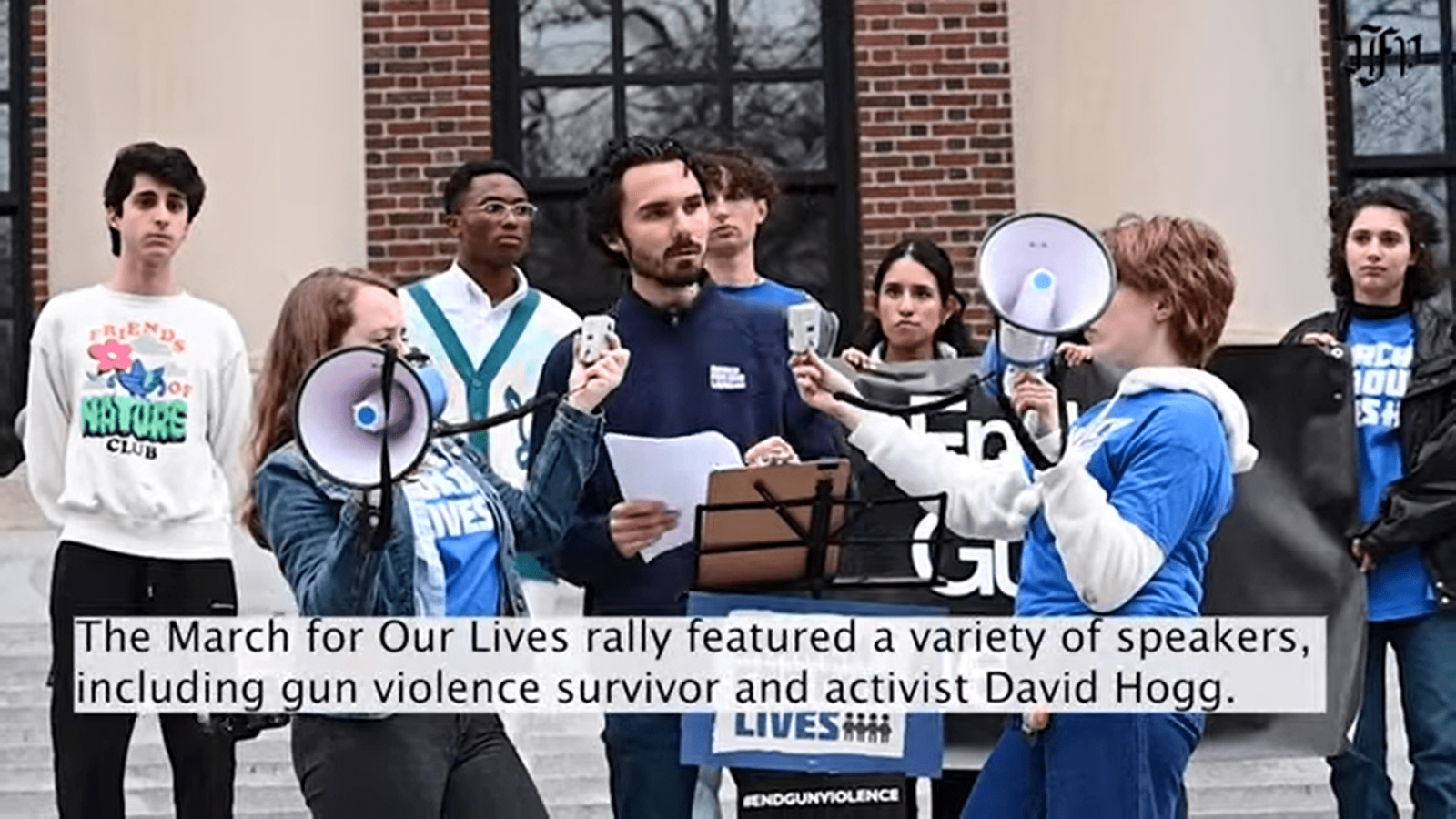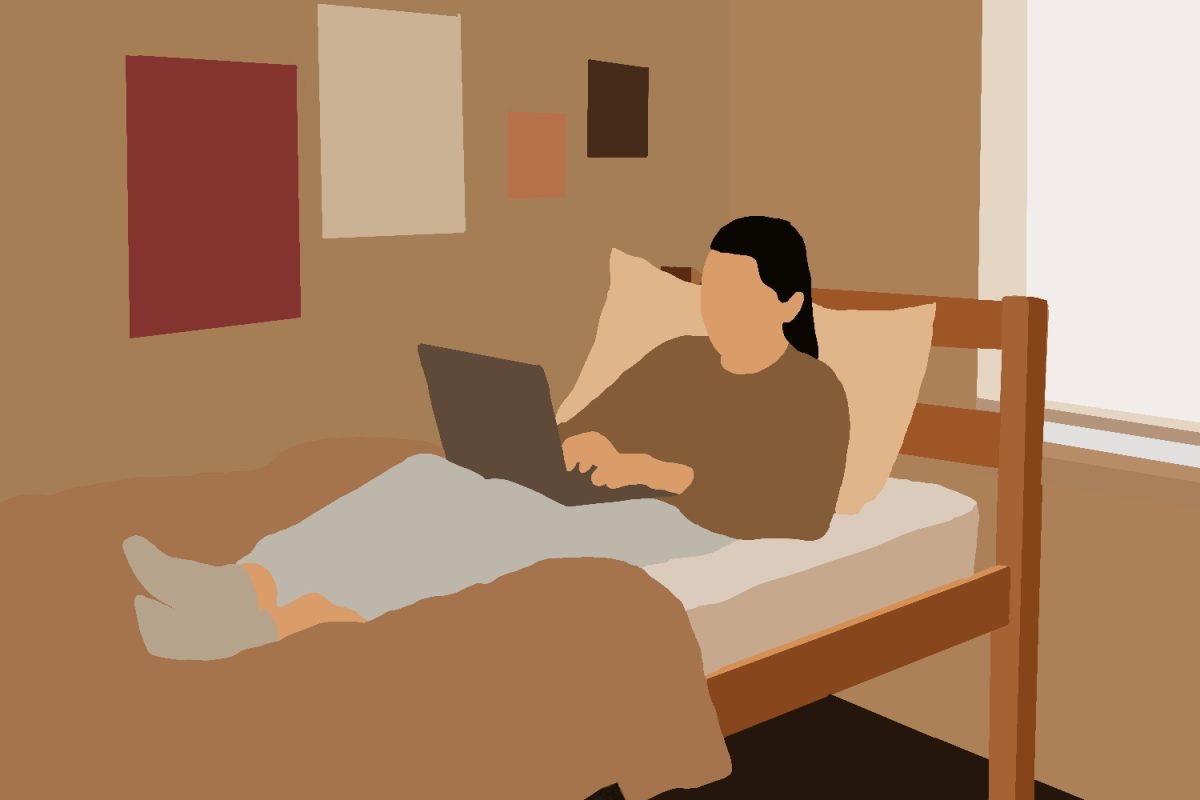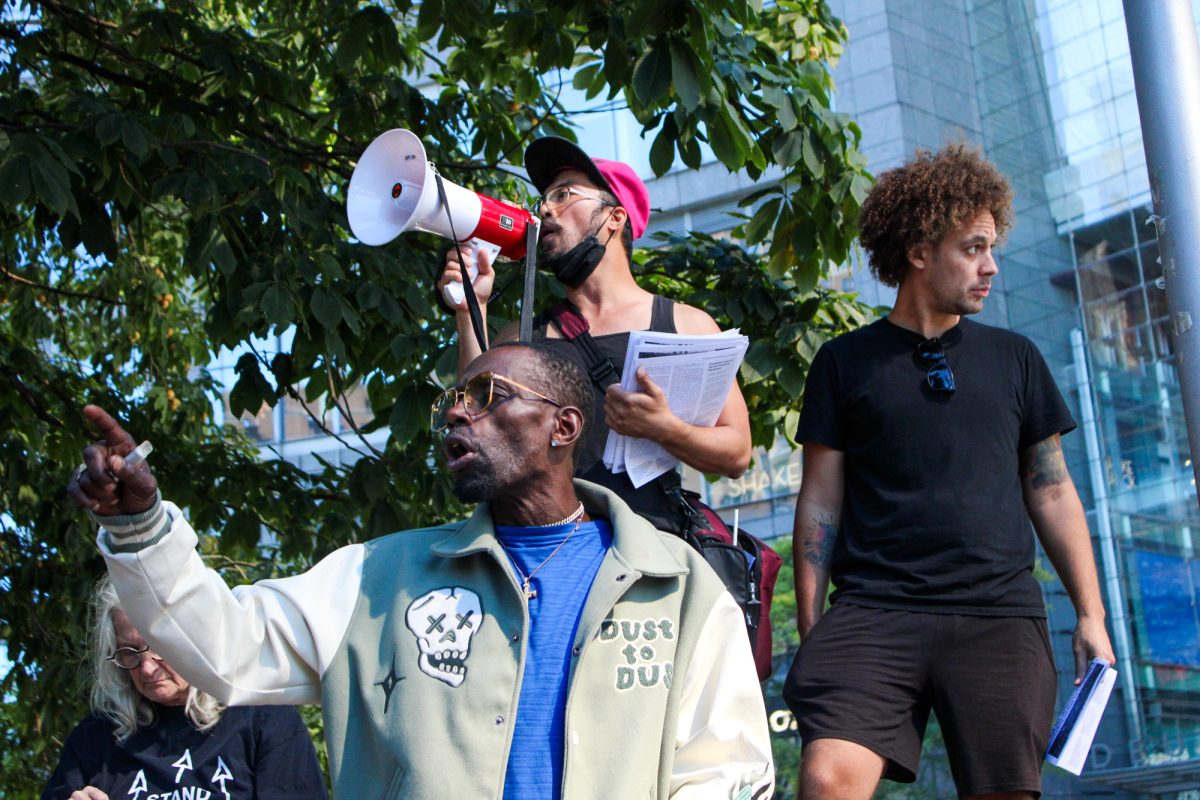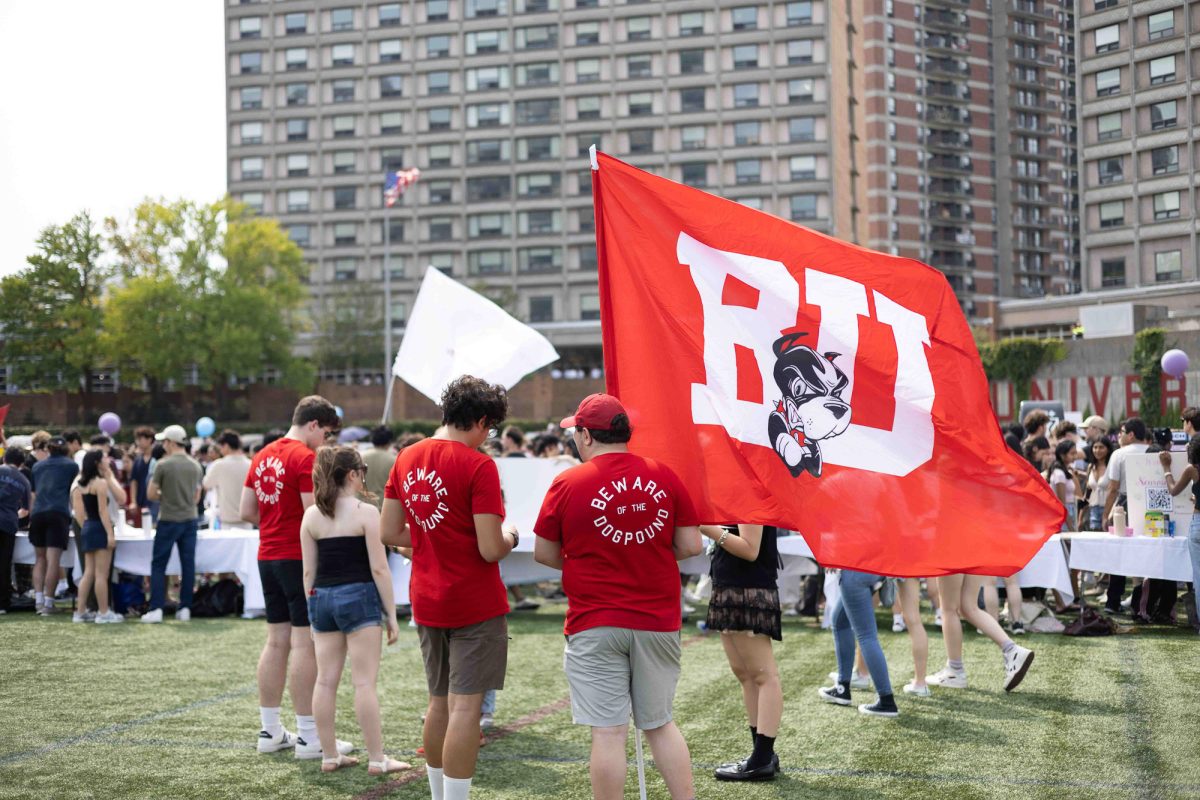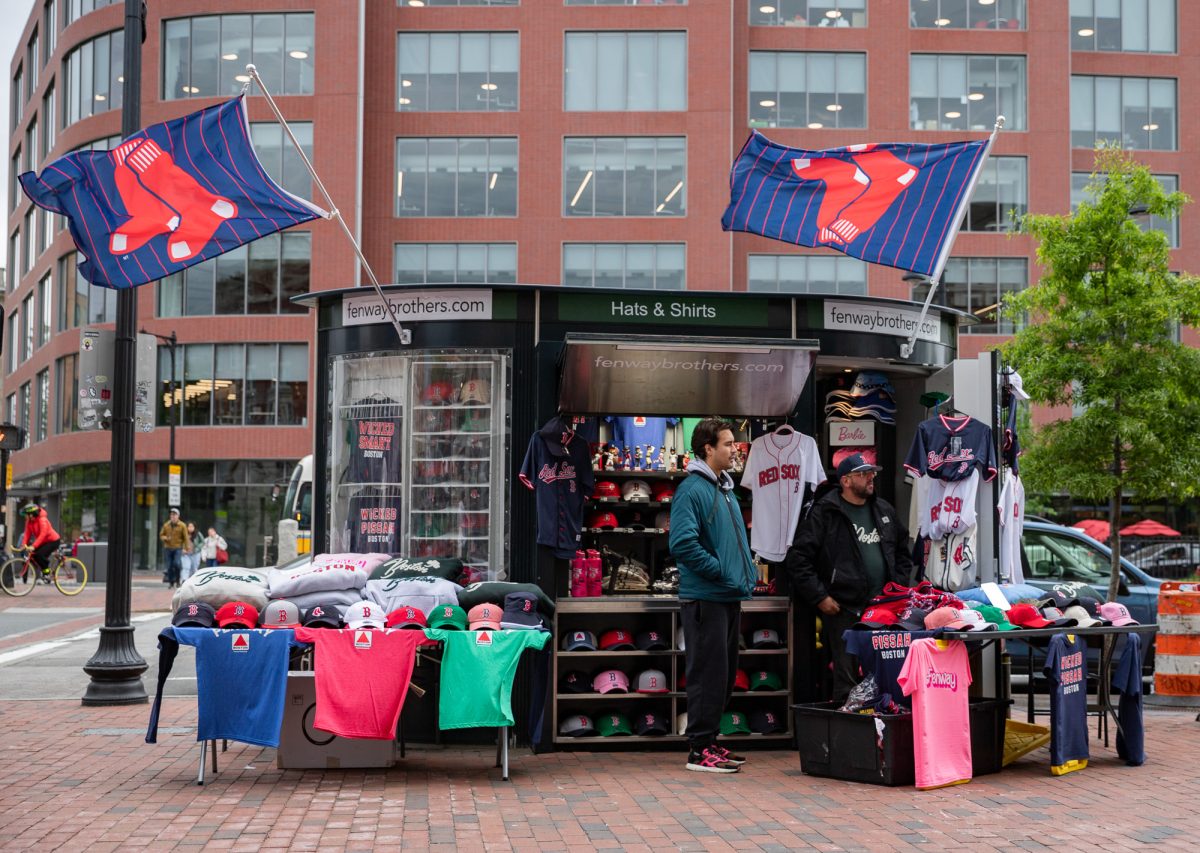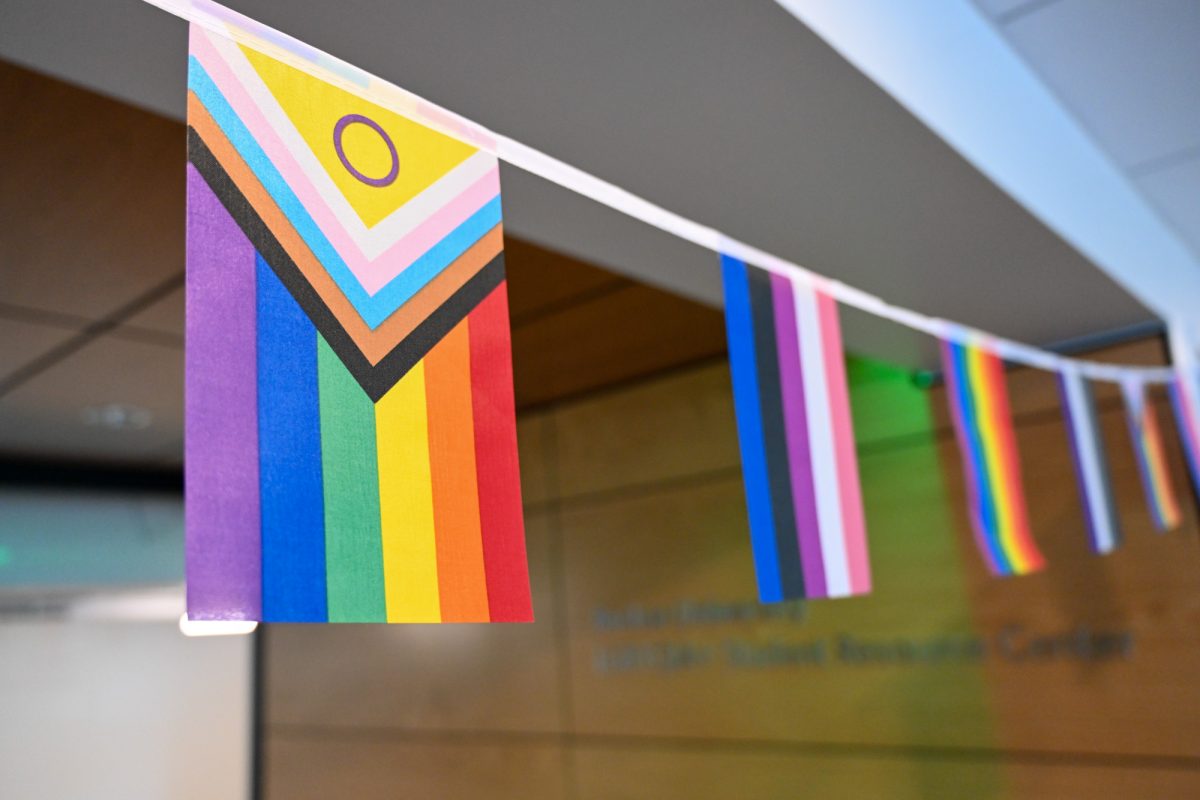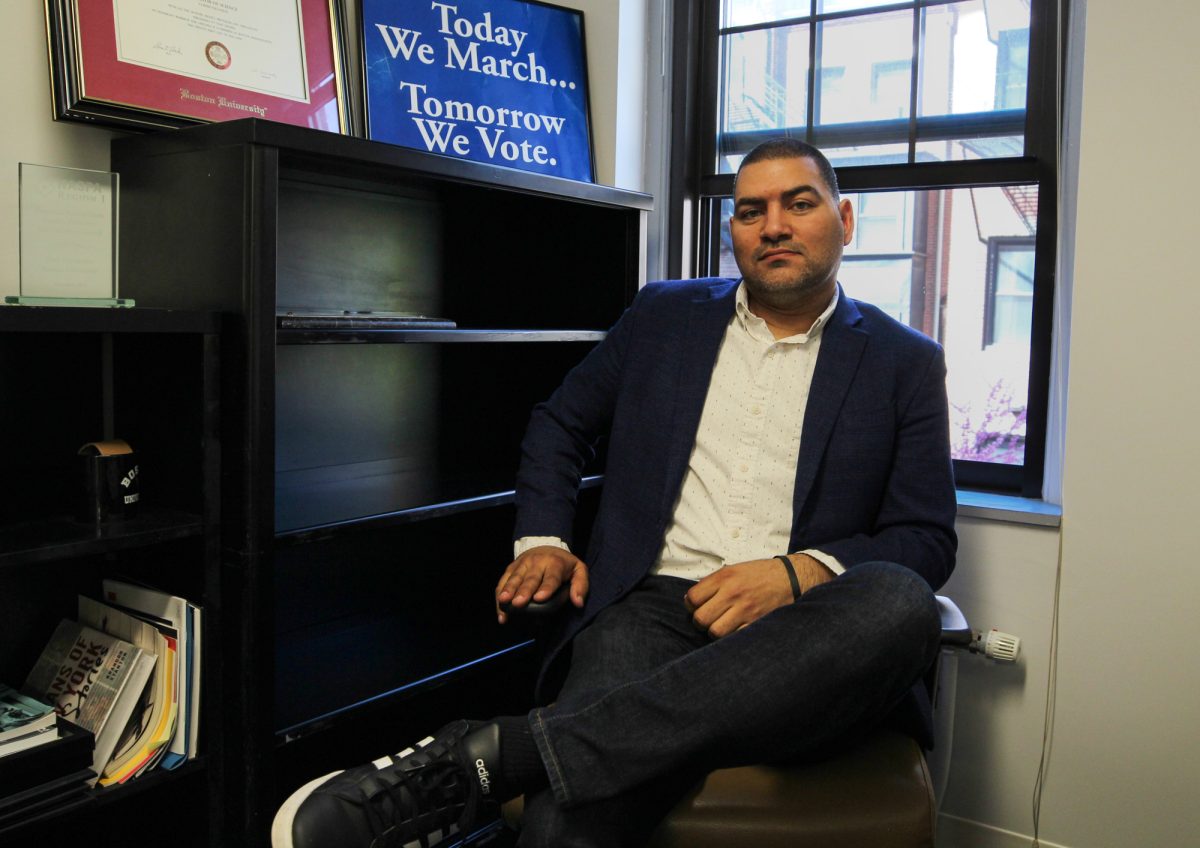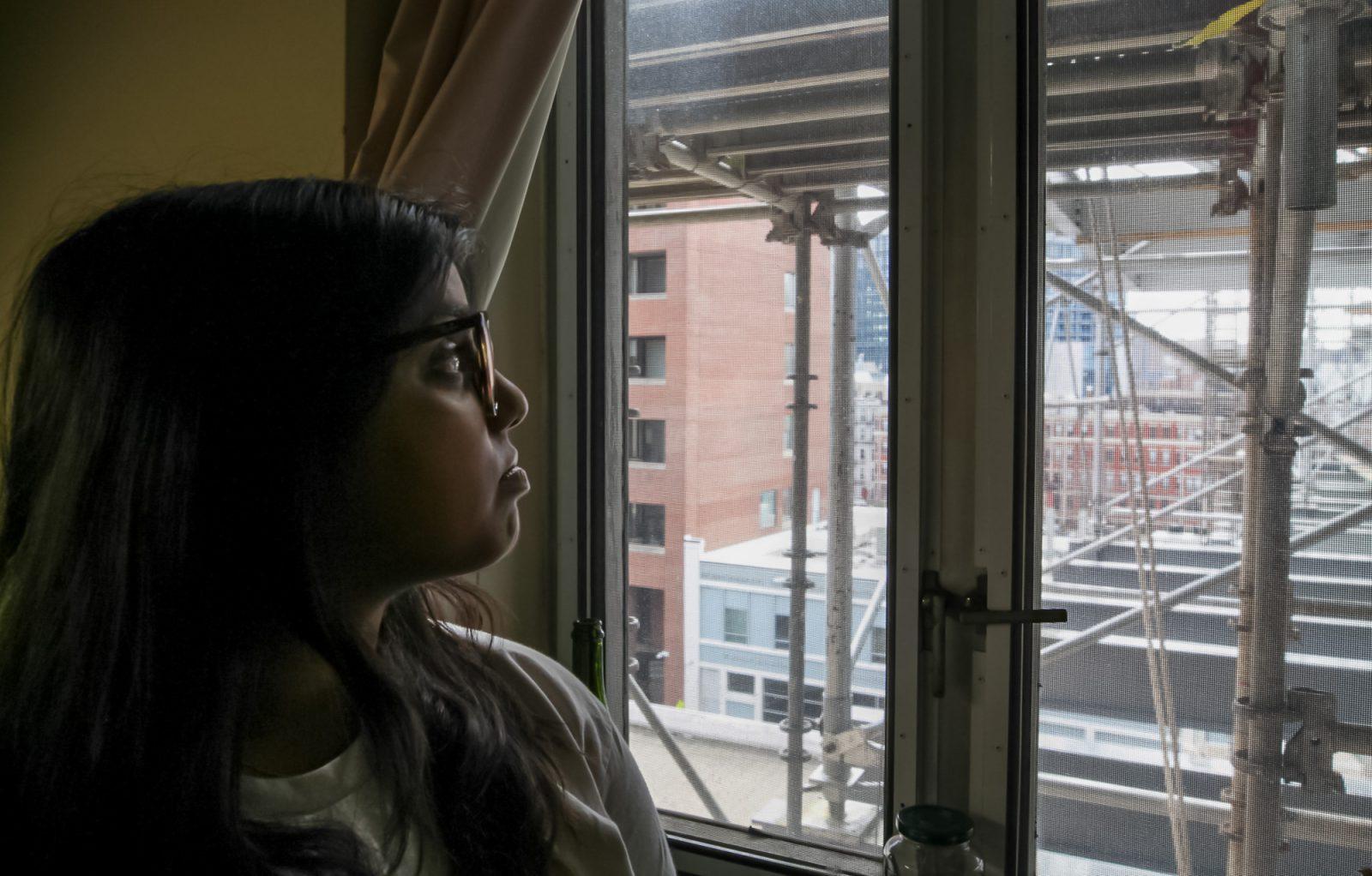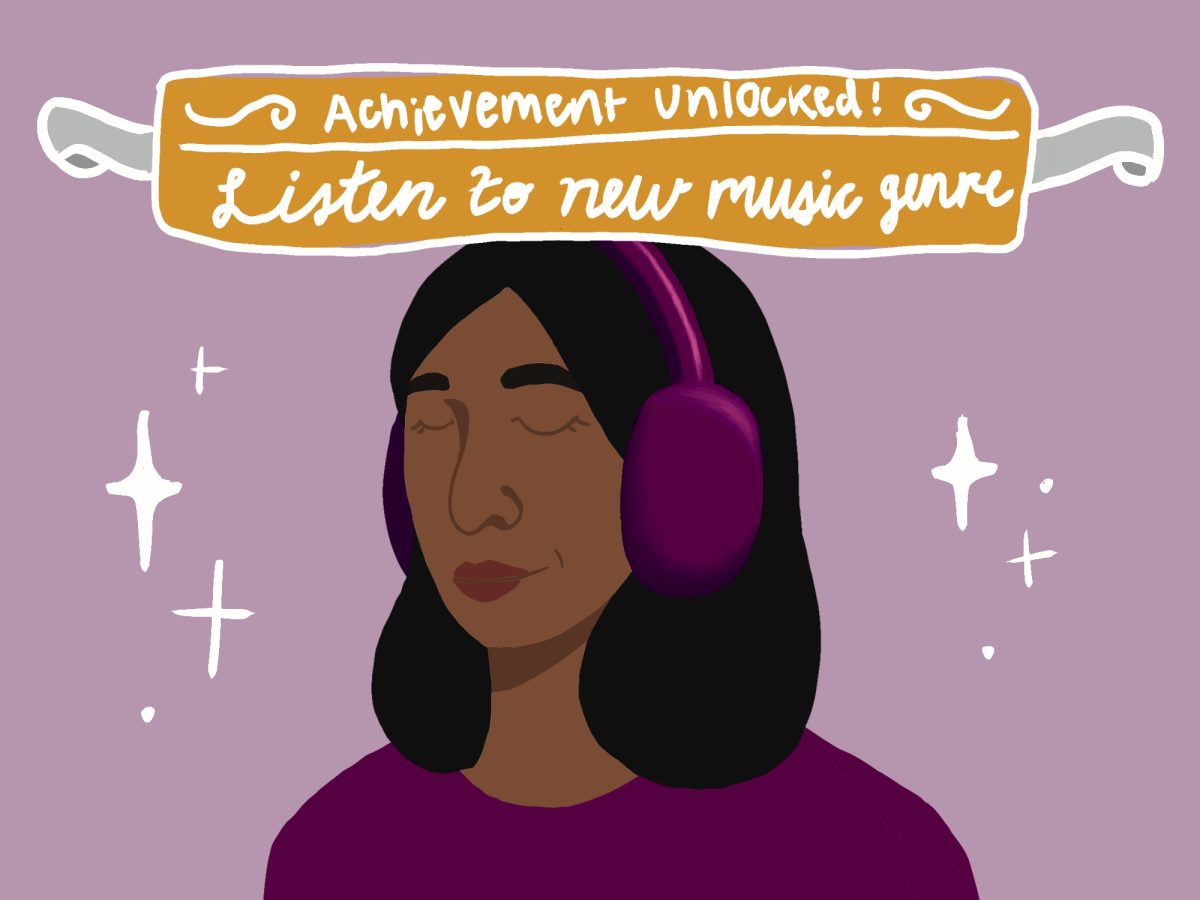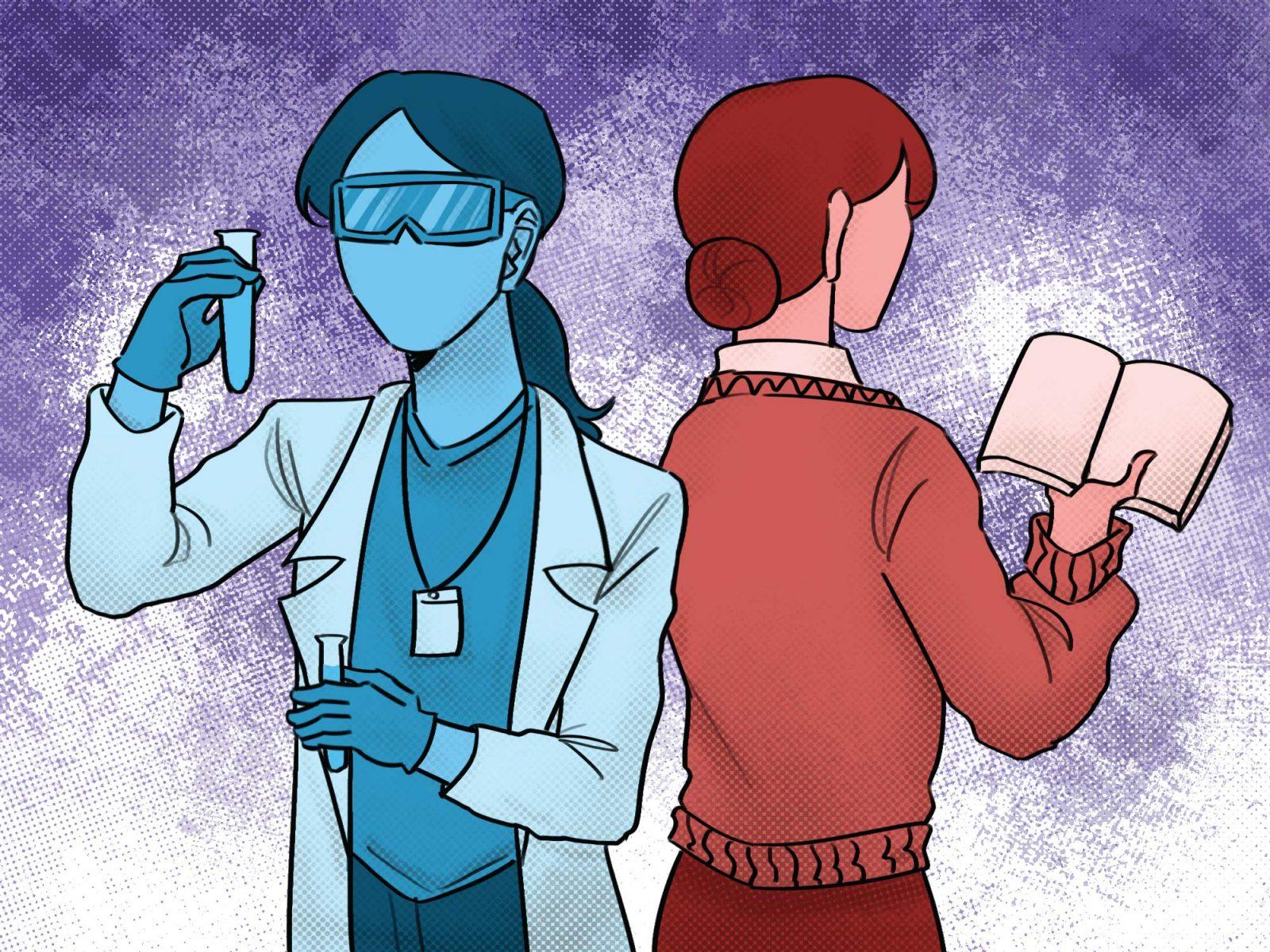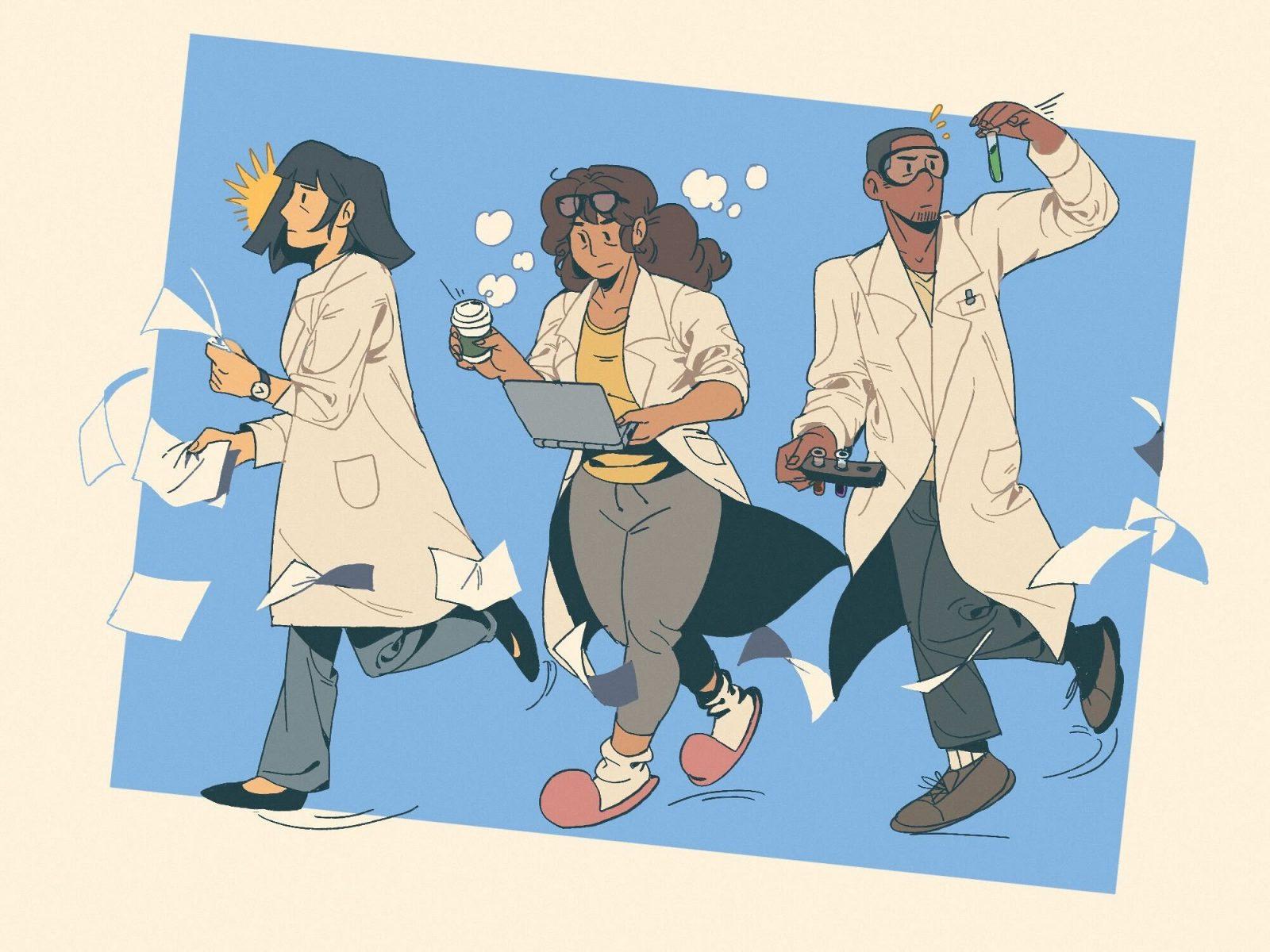The antithesis to Instagram, as far as social media goes, is LinkedIn.
To contrast our party posts, vacation brags and birthday tributes, our generation has professional connections, job announcements and internship acknowledgments.

It’s quite strange to see the two sides of all of your peers between social media platforms: One profile picture may highlight the inside of a neon nightclub, while the other is posed in front of a professional backdrop in an expensive suit.
I was late to the game in joining LinkedIn, just having made my account this summer. I, assuming others do as well, had doubts as to whether LinkedIn was truly useful for networking and finding job listings. LinkedIn seemed like a great way to brag about your accomplishments to all of your peers — and nothing more.
Despite warnings from peers who had been networking all through high school, I held my ground until this past summer, when I put on a suit jacket and asked my brother to take my headshot in the backyard for an appropriate profile picture.
When I finally engrossed myself in the inner workings of LinkedIn, I was captivated by the networking grind.
Although there is no easy way to test the theory, in the back of my mind, I still wondered whether LinkedIn was truly aiding me in my career aspirations. Or, had I fallen for the networking trap like the rest of my peers?
An article, driven by research methodology, was recently published by Science, attempting to answer the question that had been bugging me for years.
The researchers involved used a social science theory called the “strength of weak ties” to measure the effectiveness of LinkedIn connections in facilitating job mobility. They tested previously known connections, or those you know in real life, as well as connections with those you find through shared institutions or mutual contacts.
Mark Granovetter first outlined the concept of “strength of weak ties” at Johns Hopkins University. To summarize his sociological theory, Granovetter suggested the acquaintances we have in our lives, or the “weak ties,” prove to be more influential than previously thought, as they provide a connection between diverse social circles that do not widely overlap.
That is to say, having acquaintances who run in different social circles provides for more professional connections and access to new resources.
In the argument for LinkedIn, researchers at Science tested the network connections made through LinkedIn, excluding the connections between people already acquainted. Within the accounts the researchers focused on, they looked for interactions between users to identify weaker connections, and separately, which connections led to the most job mobility.
Through their research method, they found that weaker networking connections produced the most job prospects, commenting, “The experimental analysis showed that the weakest ties had the greatest impact on job mobility whereas the strongest ties had the least.”
Essentially, the connections we are making through LinkedIn with those in our outer circles, not those we know personally, are the most likely to land us a career.
All of this research is backed by numerous accredited research studies into LinkedIn, as well as a study published by professors from the University of Tübingen in Germany.
They, too, studied the benefits and effectiveness of LinkedIn connections in relation to workplace and institutional connections, such as those you may have with your coworkers through your company. Their panel study of almost 700 internet users found that LinkedIn was the most beneficial for providing informational benefits and external networking, such as finding connections and information about new positions that they may not have otherwise found in their place of employment.
My initial doubts surrounding the usefulness of LinkedIn were assuaged by real, empirical research into a social media platform — of all places.
Now, I can continue to spend hours on my LinkedIn app, sending invites with the peace of knowing that someday soon, it could truly land me a job that I need.

